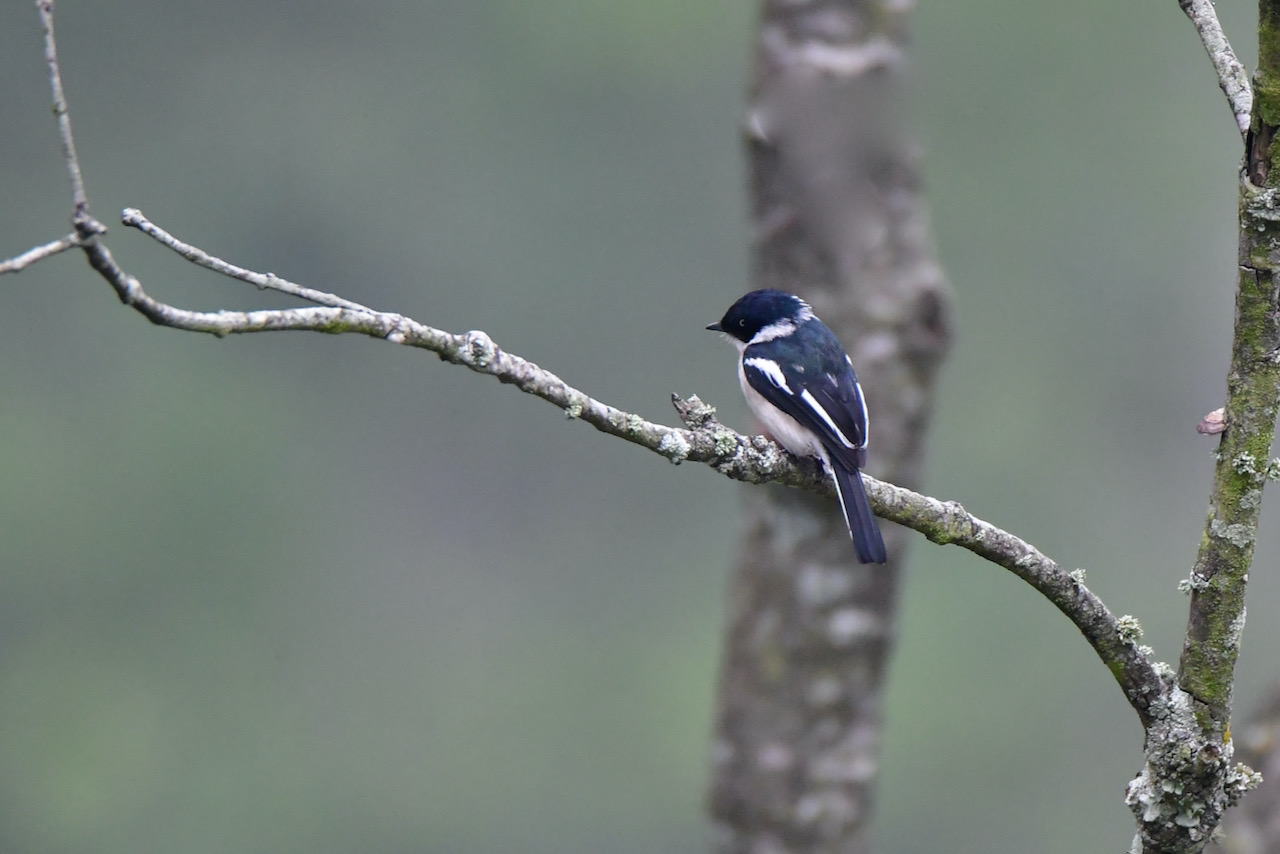
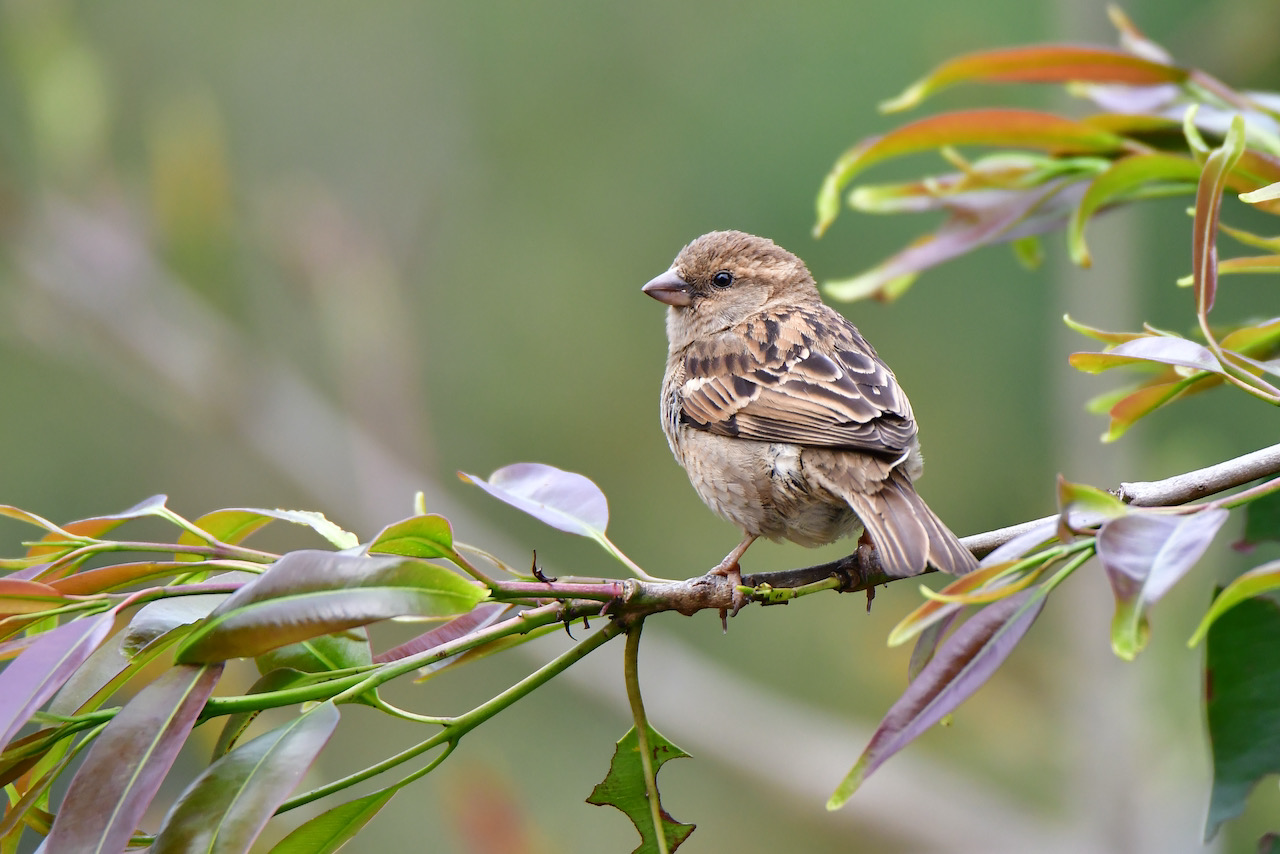

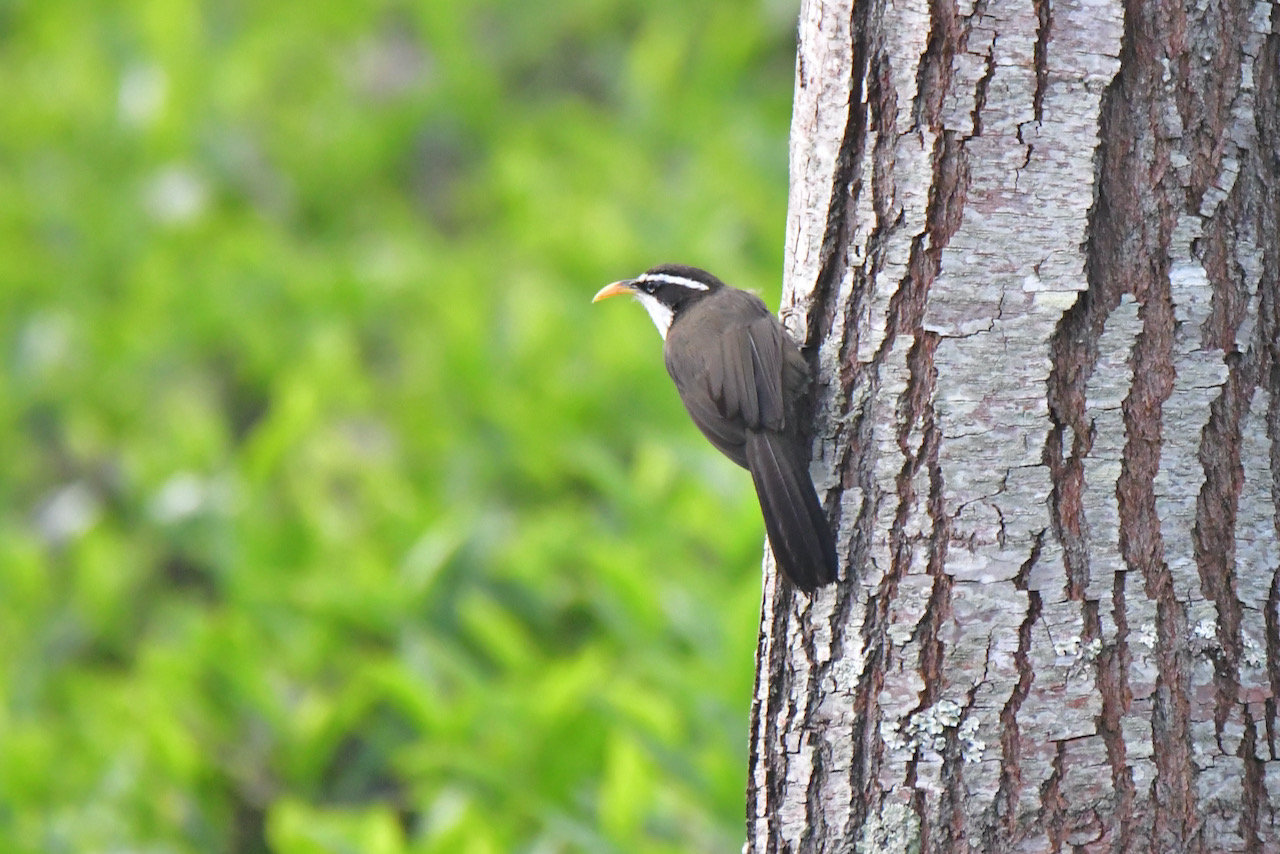

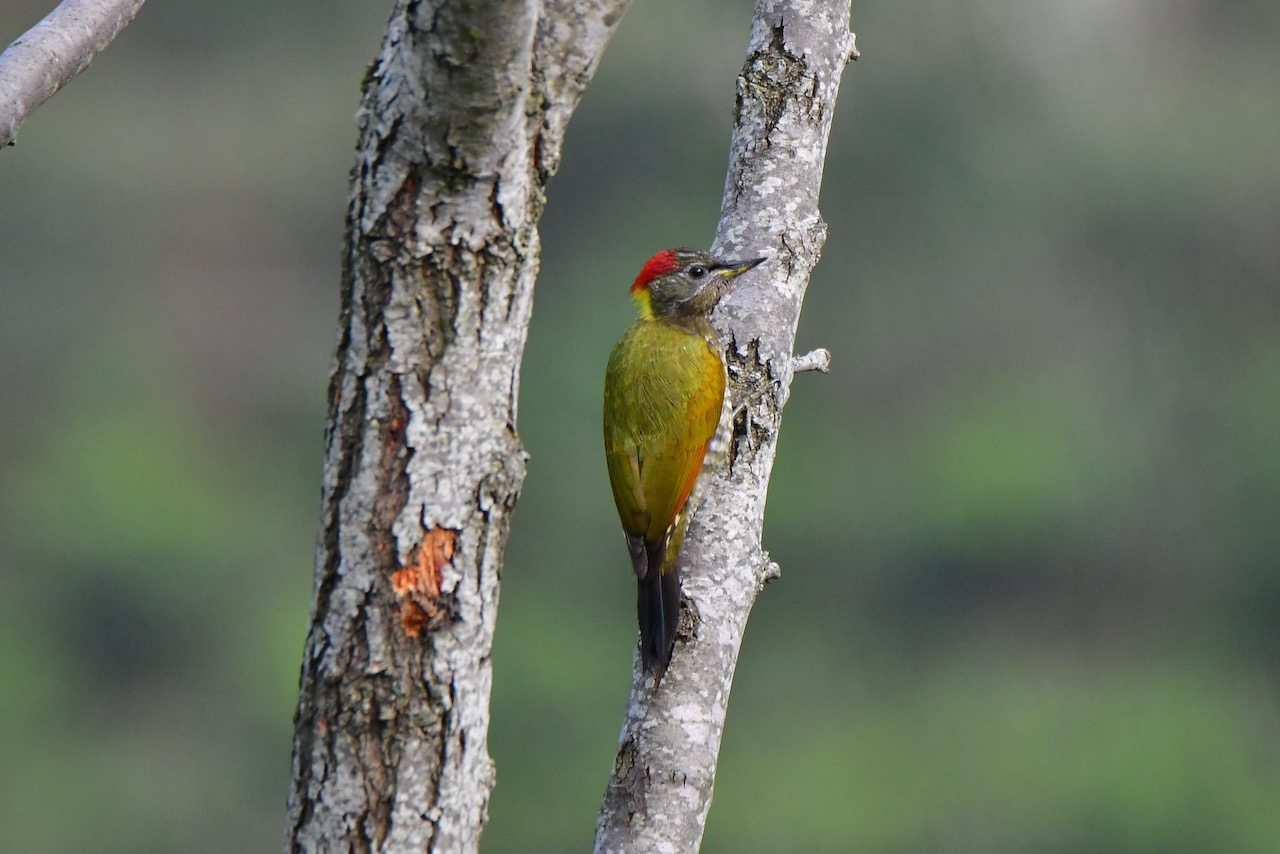
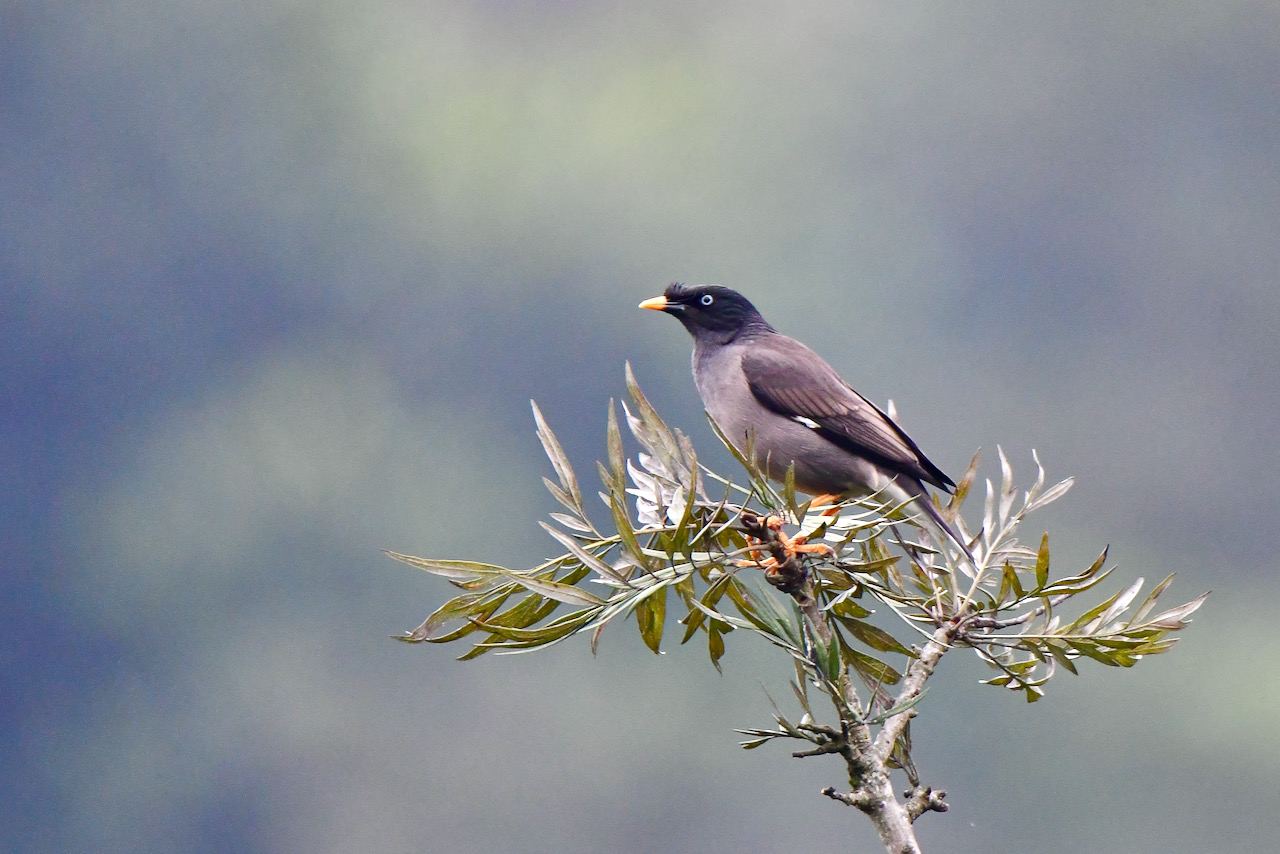

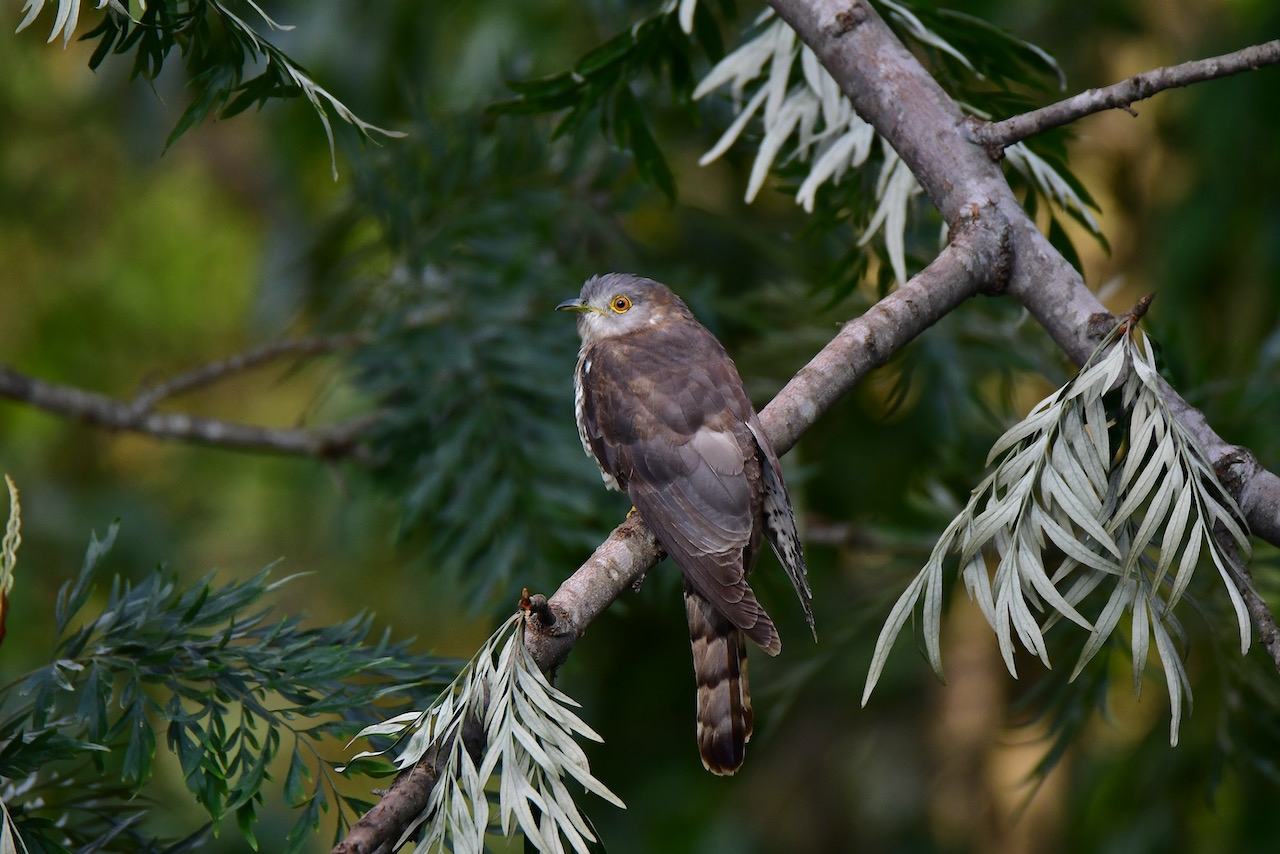
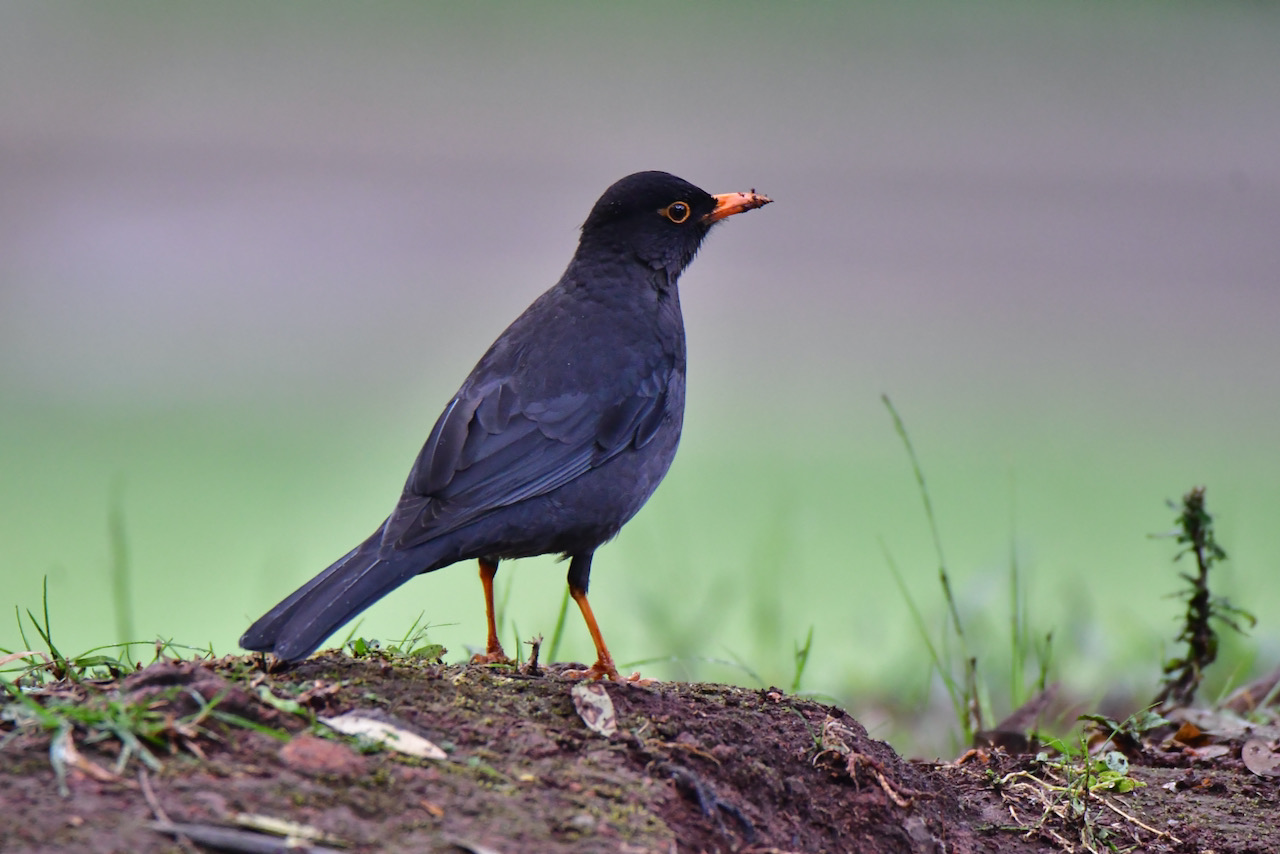

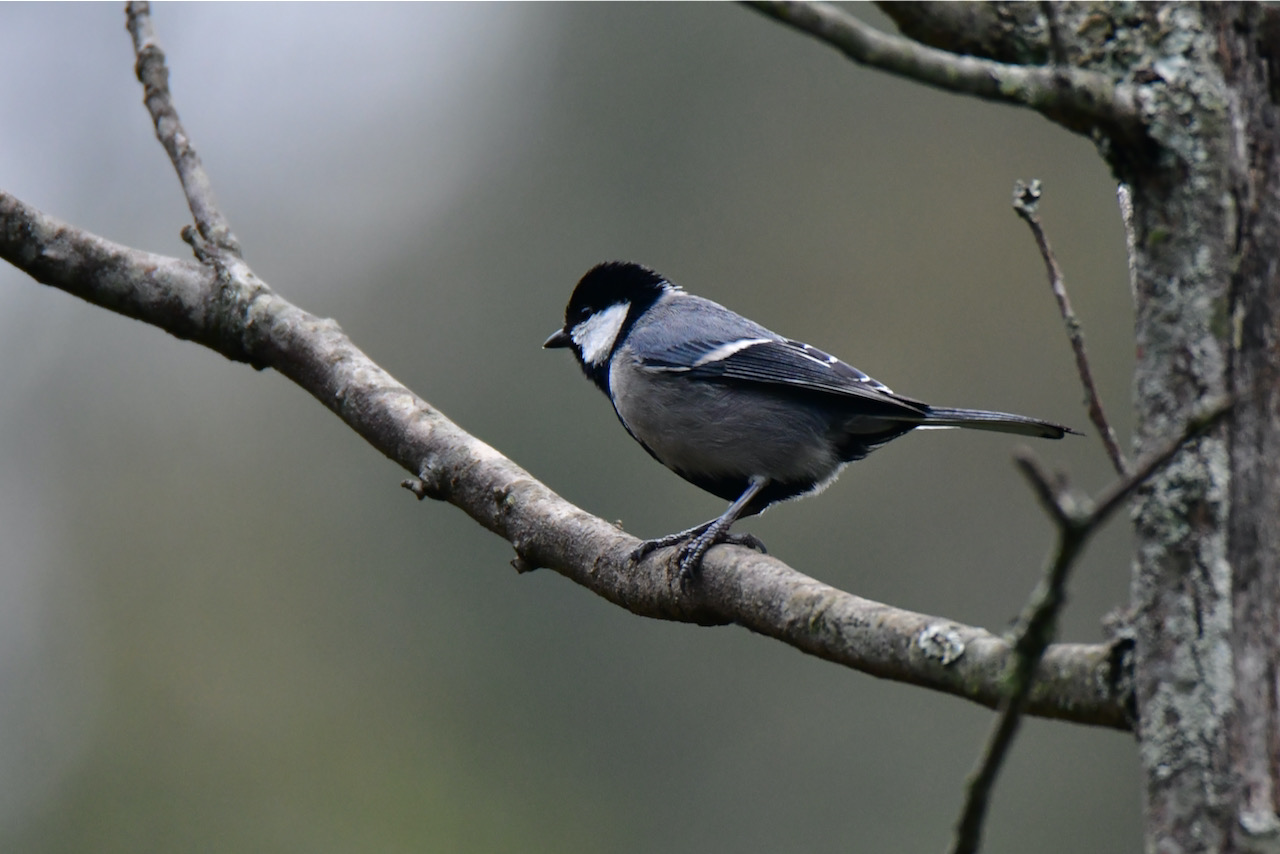
In my last visit to Dandeli, Suryaji insisted that I should visit Kotagiri to experience some of the rarest bird species, which are seen in Nilgiri region. Kotagiri is in Nilgiri district in Tamilnadu and is one of the famous spot in Southern India for birders and photographers. It is known for many rare birds like Asian Fairy Blue Bird, Kashmir Flycatcher, Nilgiri Blue Robin, Black Chinned Laughing Thrush, which are found in specific time of the year.
Kotagiri is on the height and it’s around 30 kms from Ooty towards Coimbatore. It is surrounded by tea estate which offers beautiful landscapes and the view all around it is lush green and lovely. The name Kotagiri means ‘mountains of the Kotas’ (the Nilgiri hills have been the traditional home of the Kota Tribe).
In hilly region, bird photography becomes bit tough unless one knows the birding places. I knew one local, who is a naturalist and provides a guidance about the local places to search birds which are exquisite to the area. His name is Aggal Shivalingam. I came to know about him from Suryaji and I’ll talk about him and my overall experience with him later.
LIFERS
This time I went with the approach of sighting lifers rather than shooting all. There are quite a few places, I roamed around sighting birds which are exclusive to Nilgiri region. And it was quite a satisfying experience shooting some of the rare birds after a long marathon search.
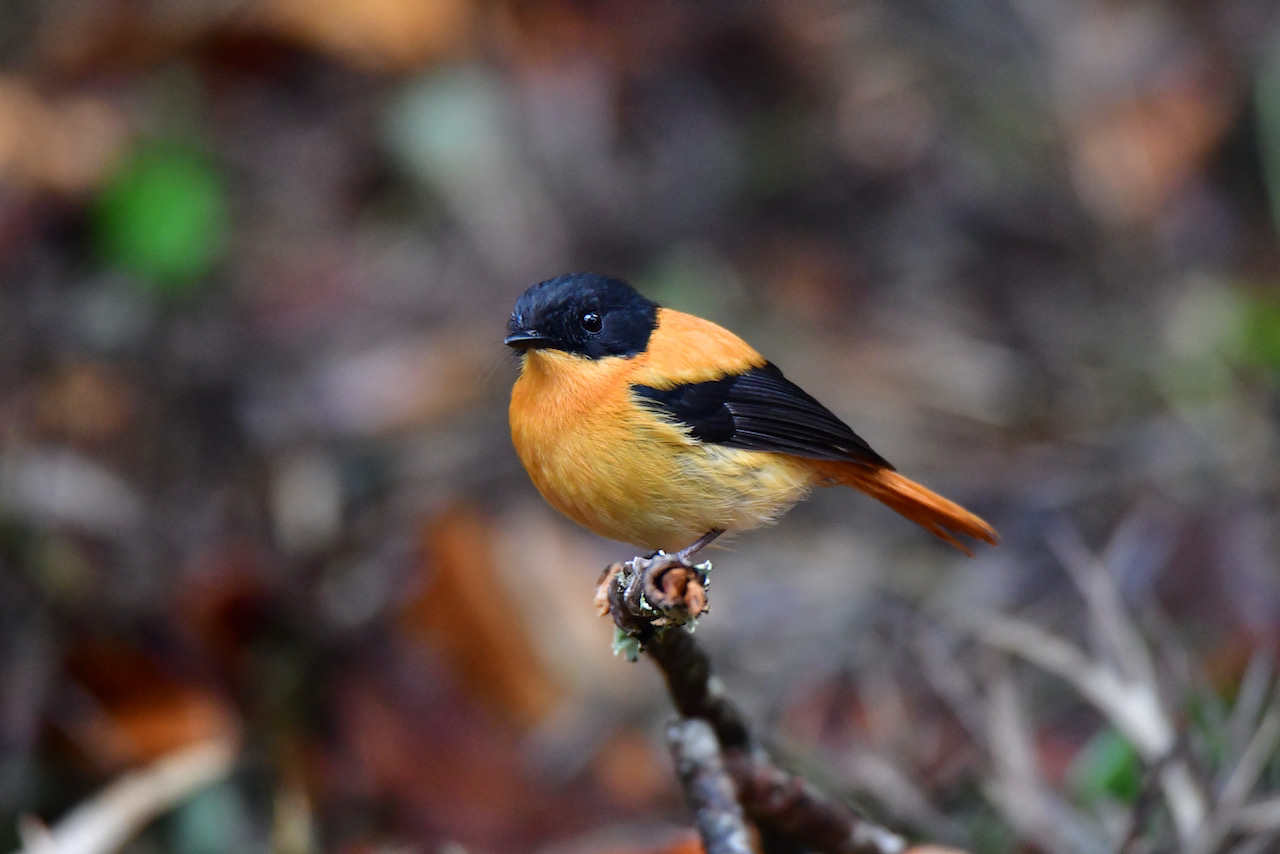
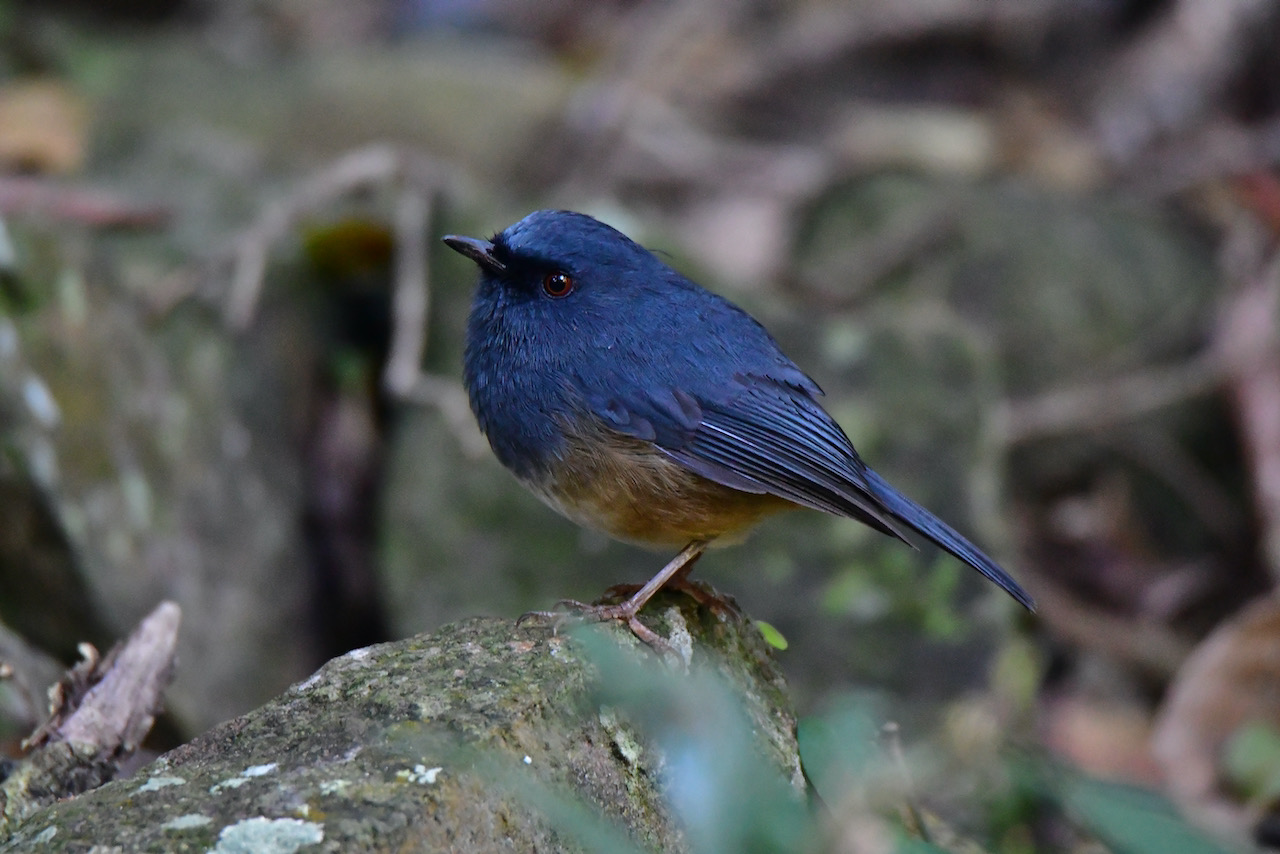
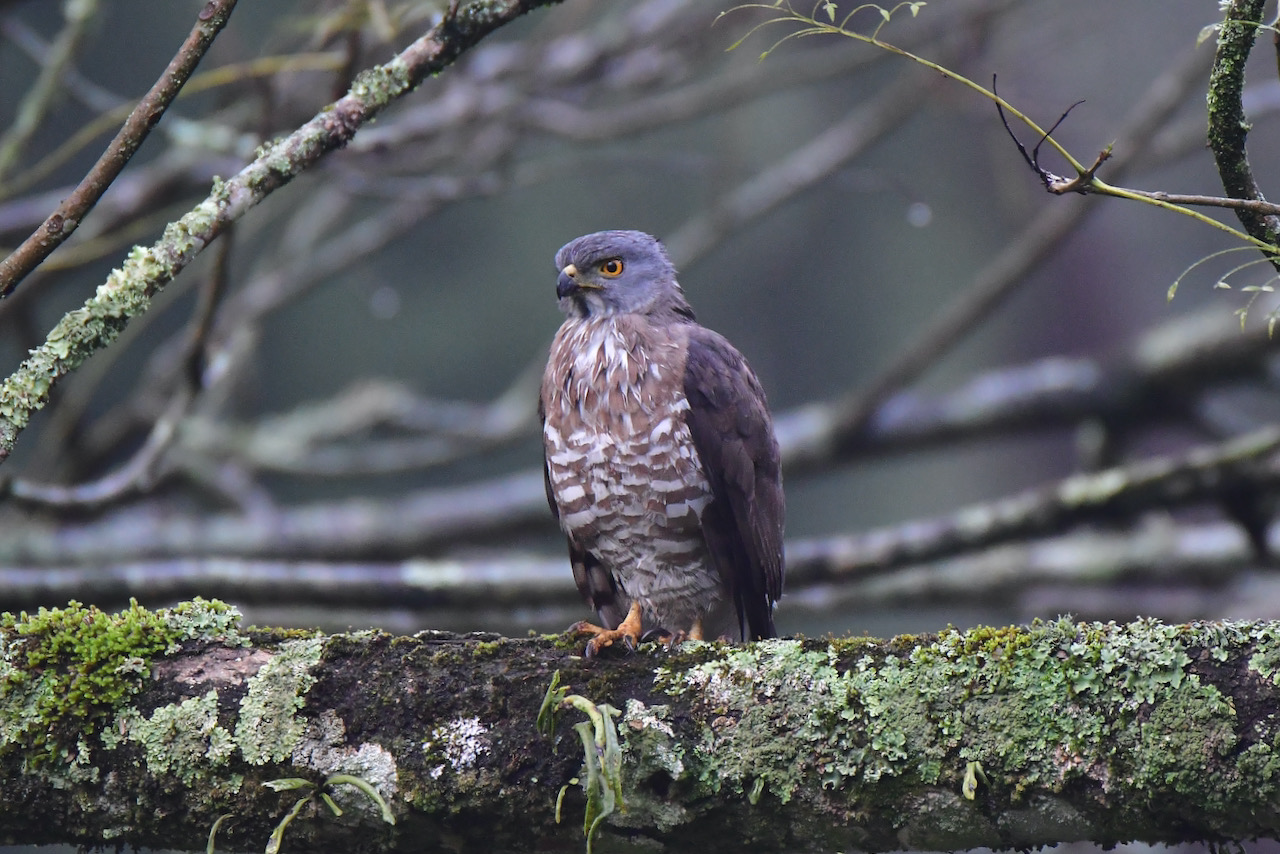
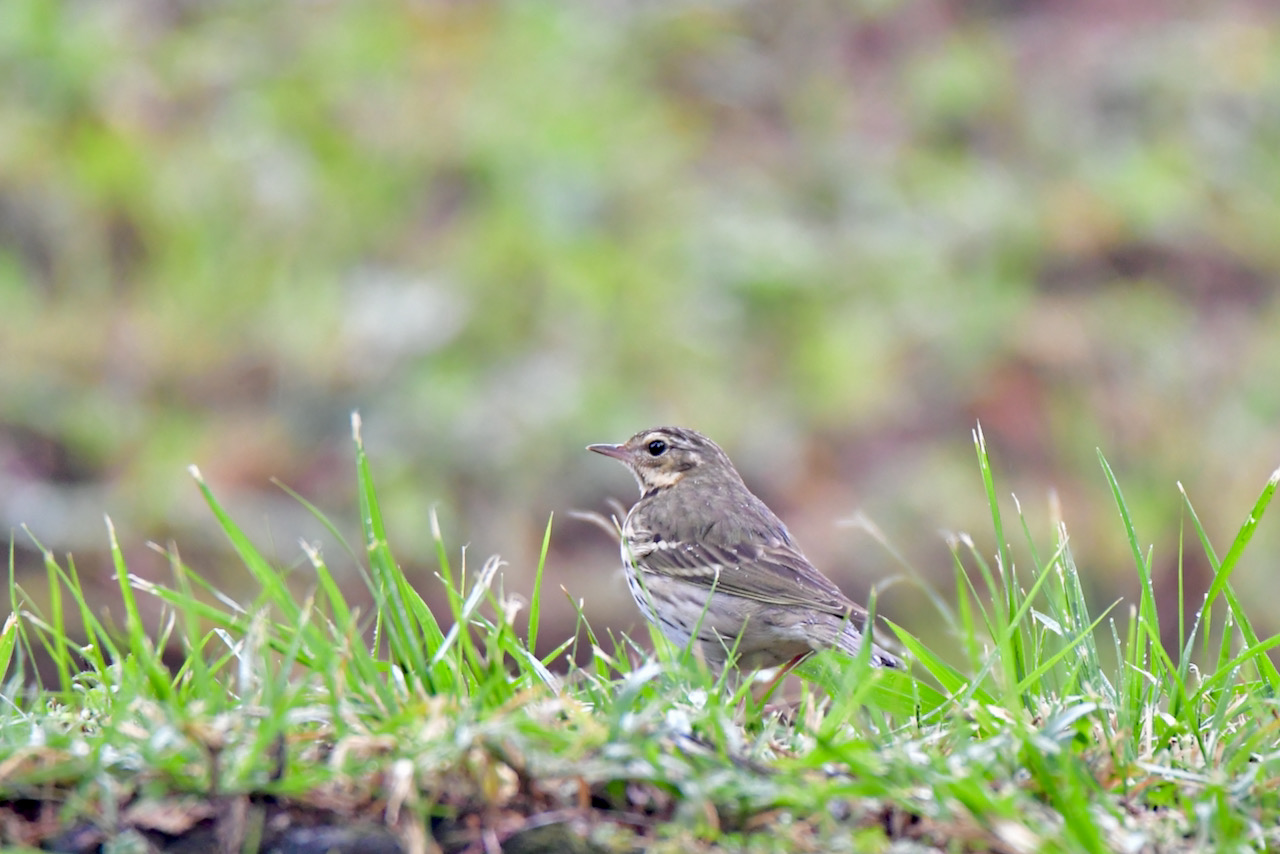
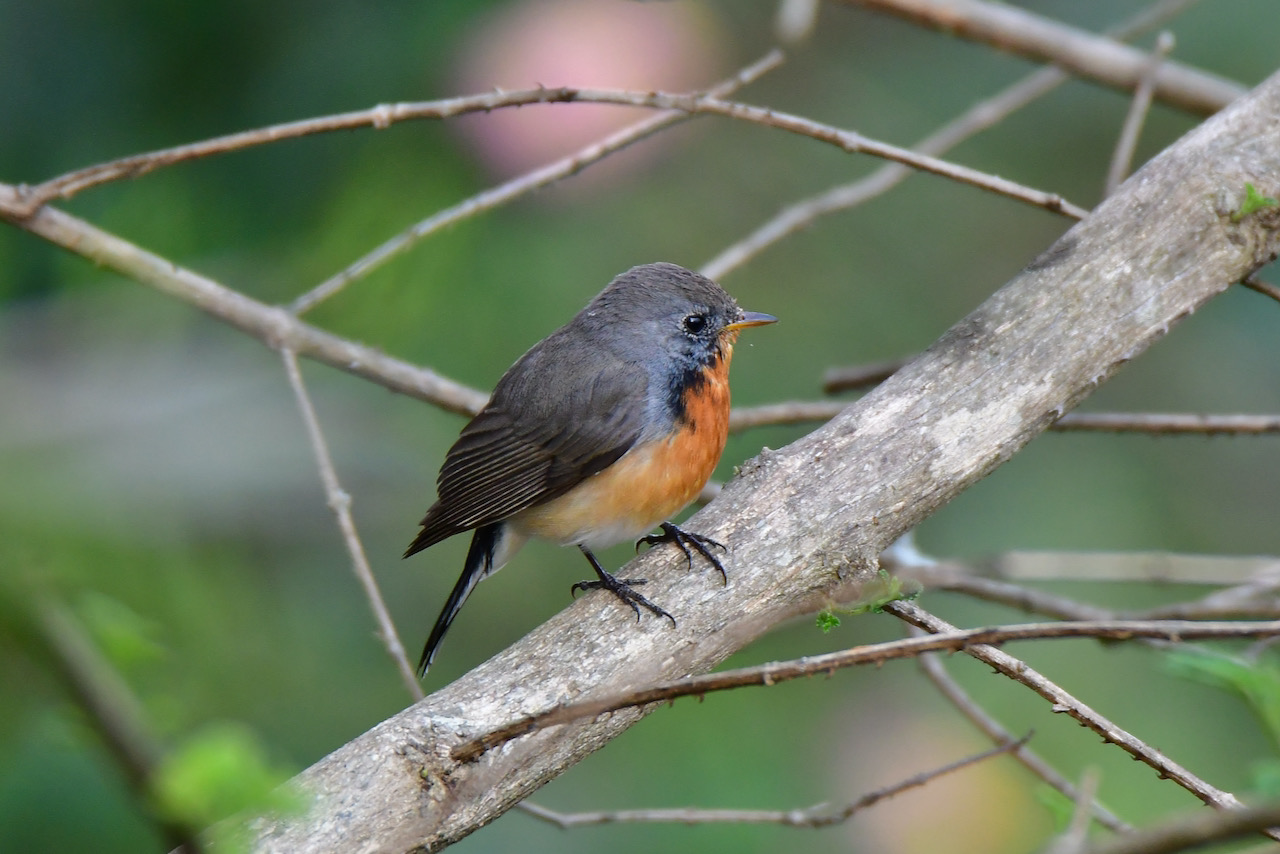
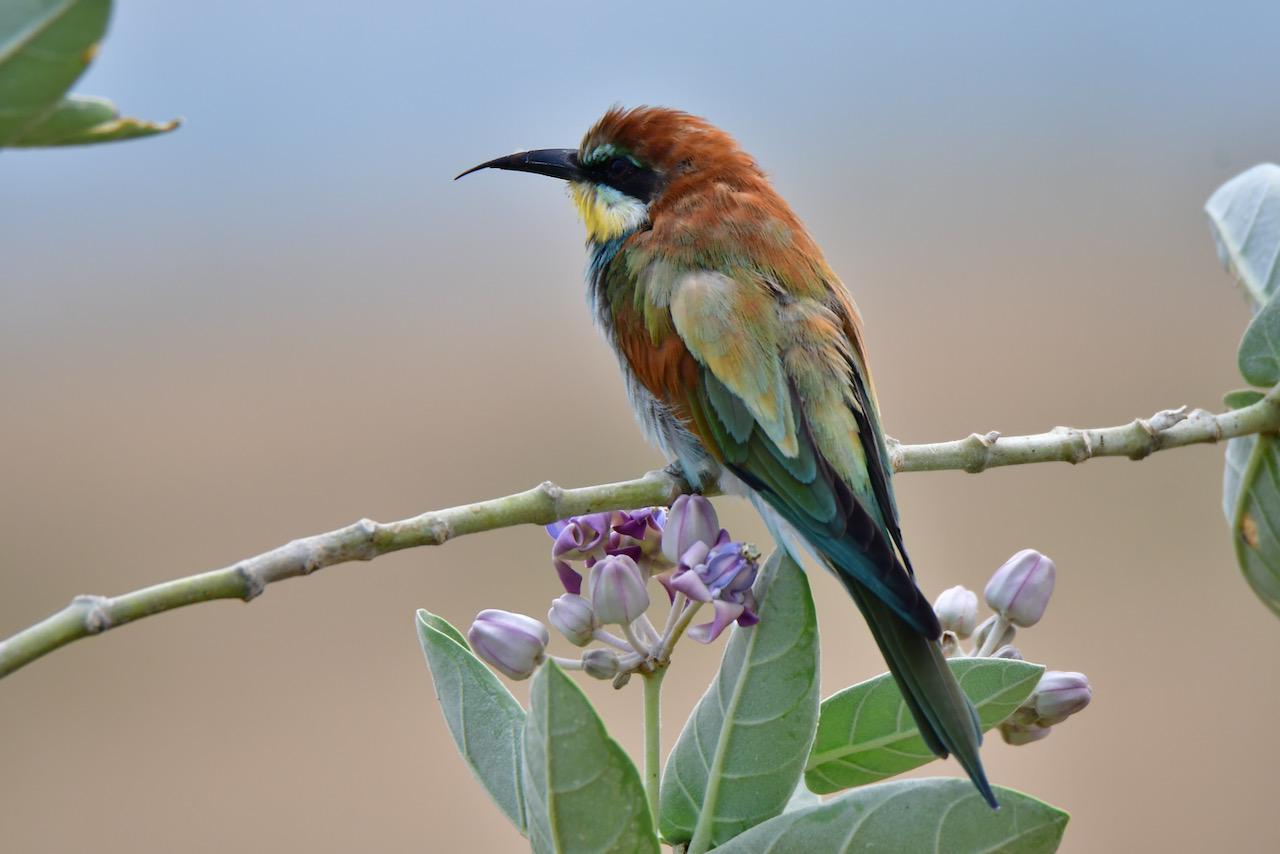
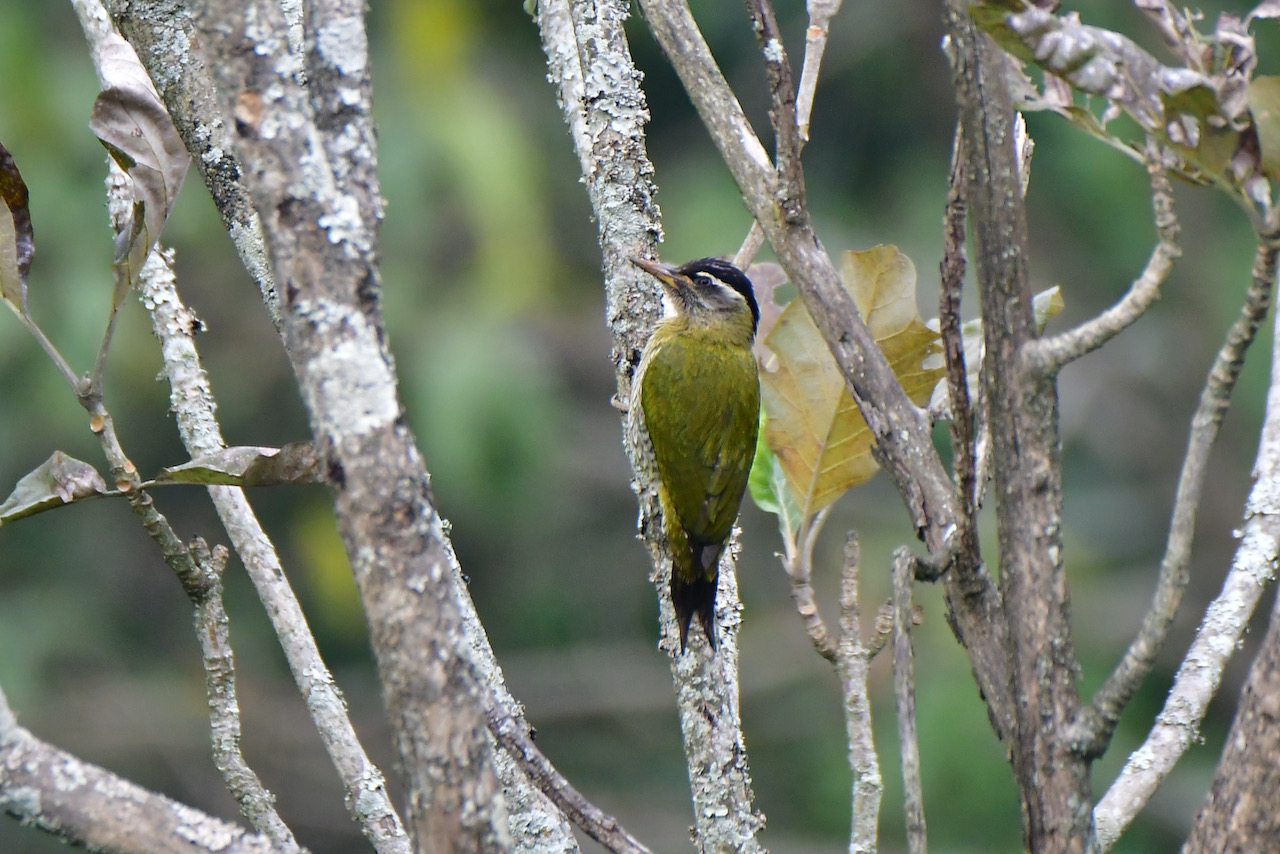
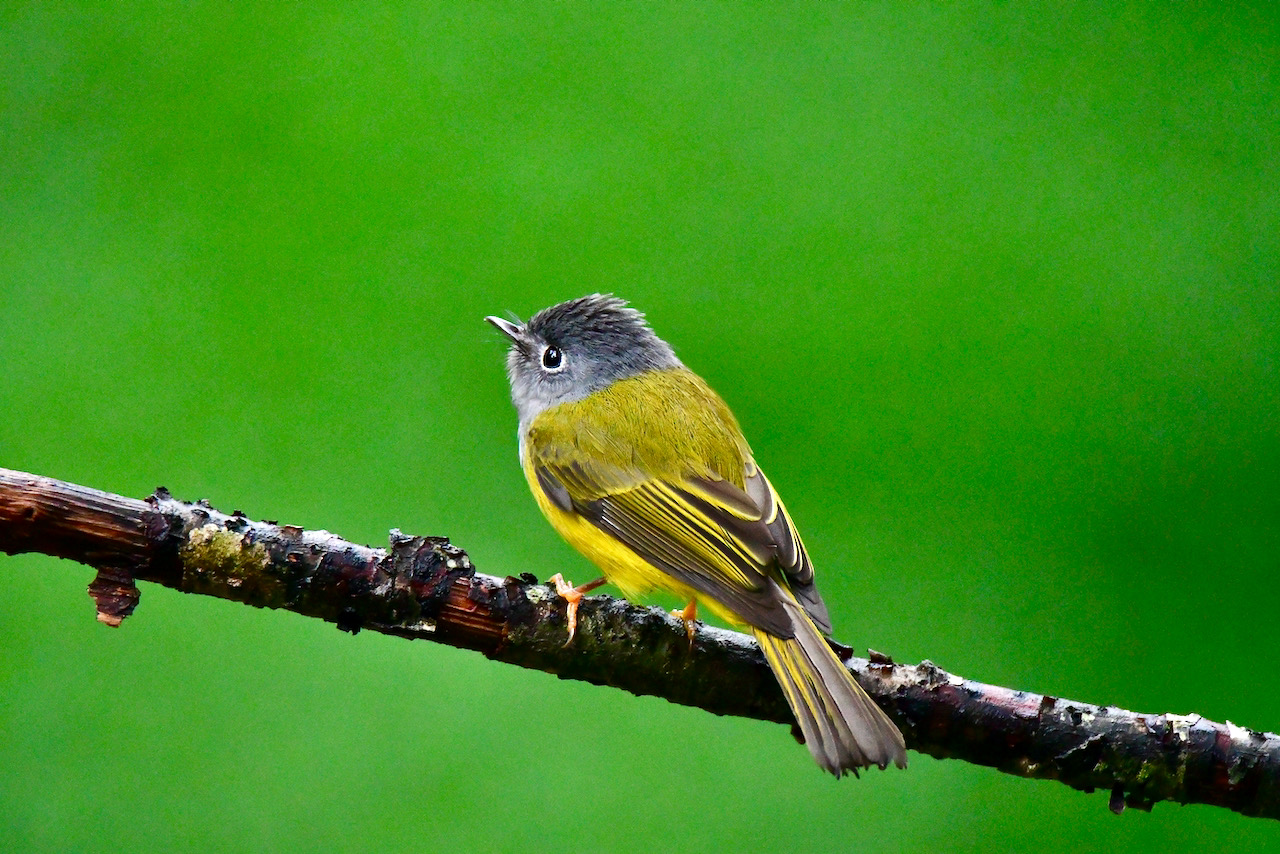

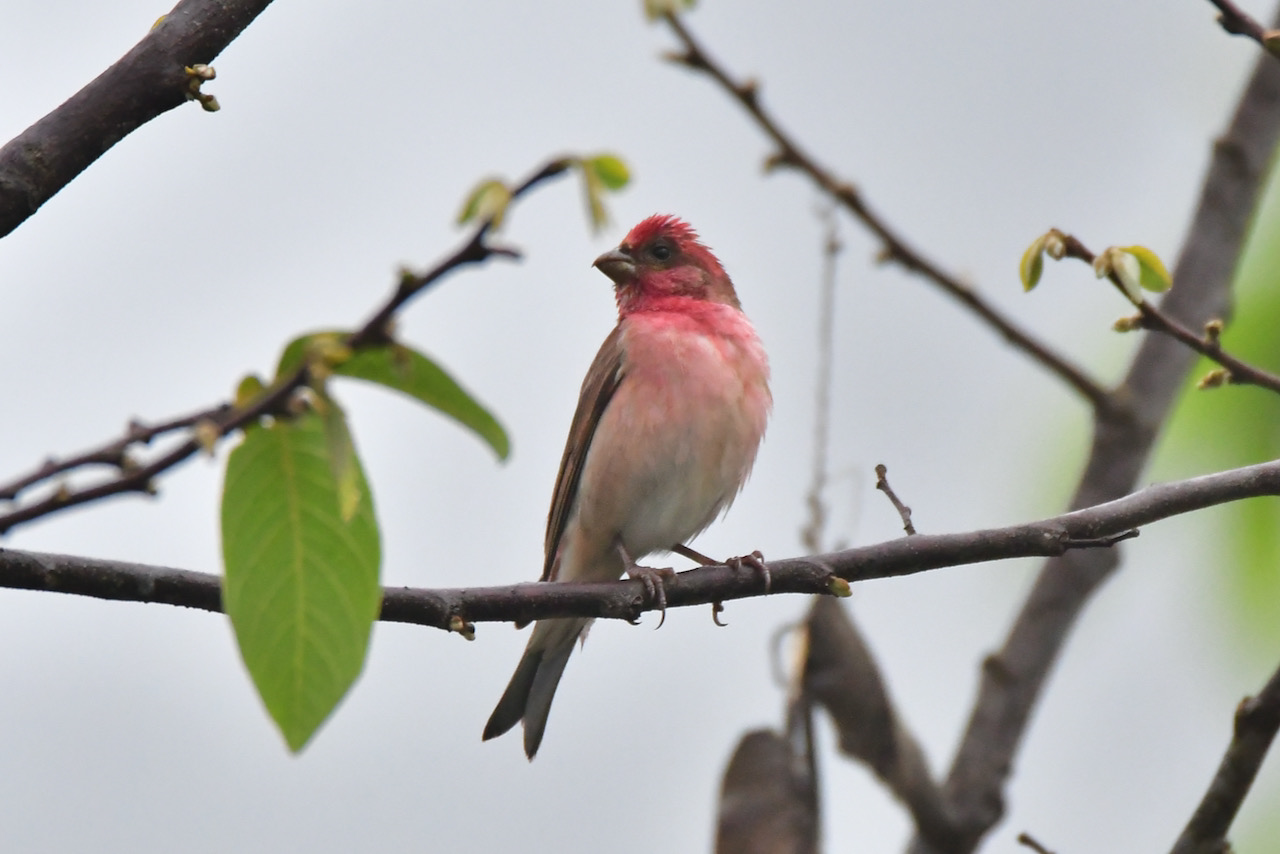
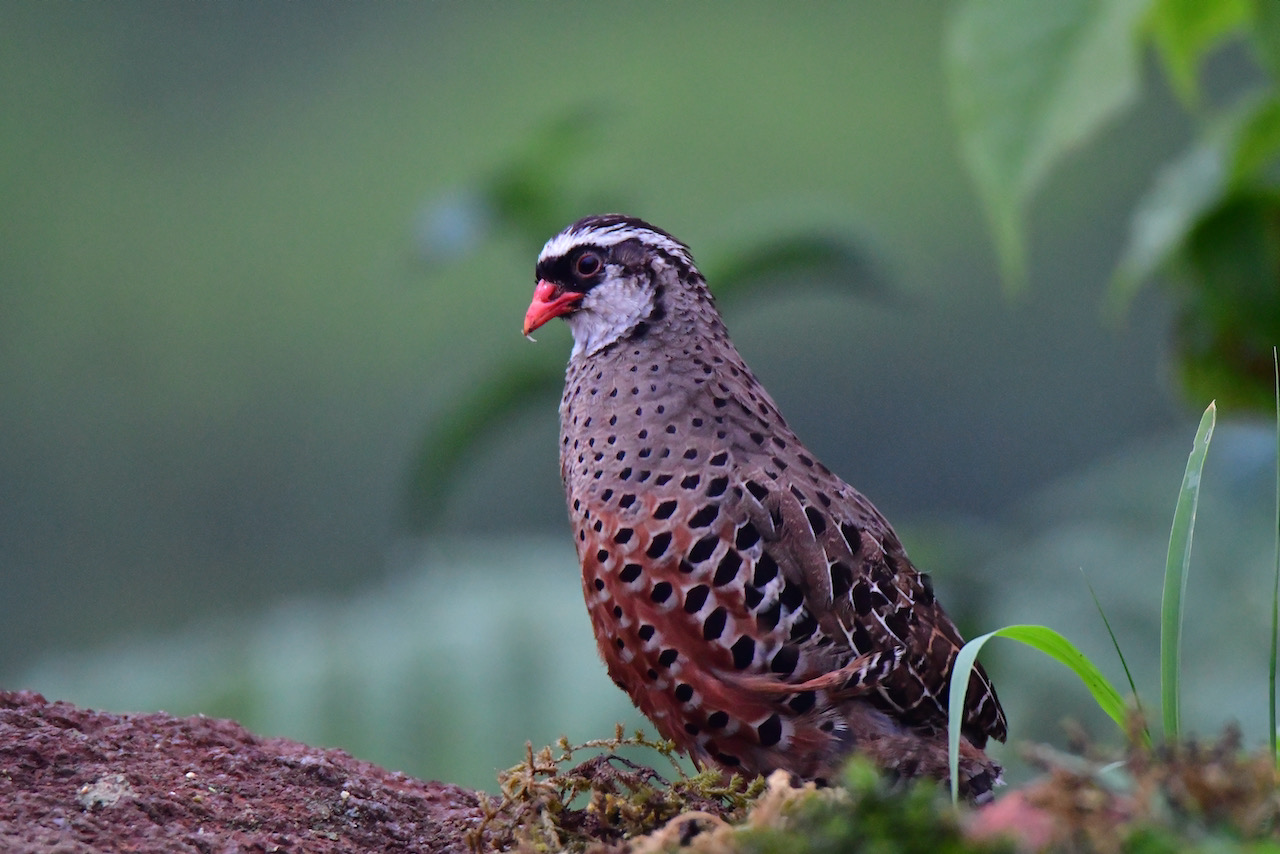

PAINTED BUSH QUAIL
My day started at 6.30 am on a chilly winter morning amidst beautiful exotic mountain location, with shooting Painted Bush Quail. Full family of Bush Quail including chicks, were in the backyard of Shivalingam’s home. He made a small hide to protect them from noise and reduce the disturbance to the little ones. I placed my camera at a hide in a way to have a good nice bokeh and waited for some time. In another 10 mins, they came one by one, first came the male followed by the female and then both disappeared and again in few minutes reappeared along with their chicks. I could sight and capture the bird with nice green background, without much efforts. Felt like a good beginning.
Painted Bush Quail is a species of Quail family found mostly in the hill forests. It is such a small yet beautiful bird with kind of a paintings all over the wings and thus the name. They are distinguished by their red bill and legs. Painted Bush Quails are typically found in a group of 6-10 and they feed on seeds, grains and small insects. Male Bush Quail is very cute and colourful than the female. Female is said to be defensive for their young ones and often attack the intruders in case of risks. Painted Bush Quails can be seen easily it just they are extremely shy birds and disappear even with a little movement, so becomes difficult to catch them in shot.
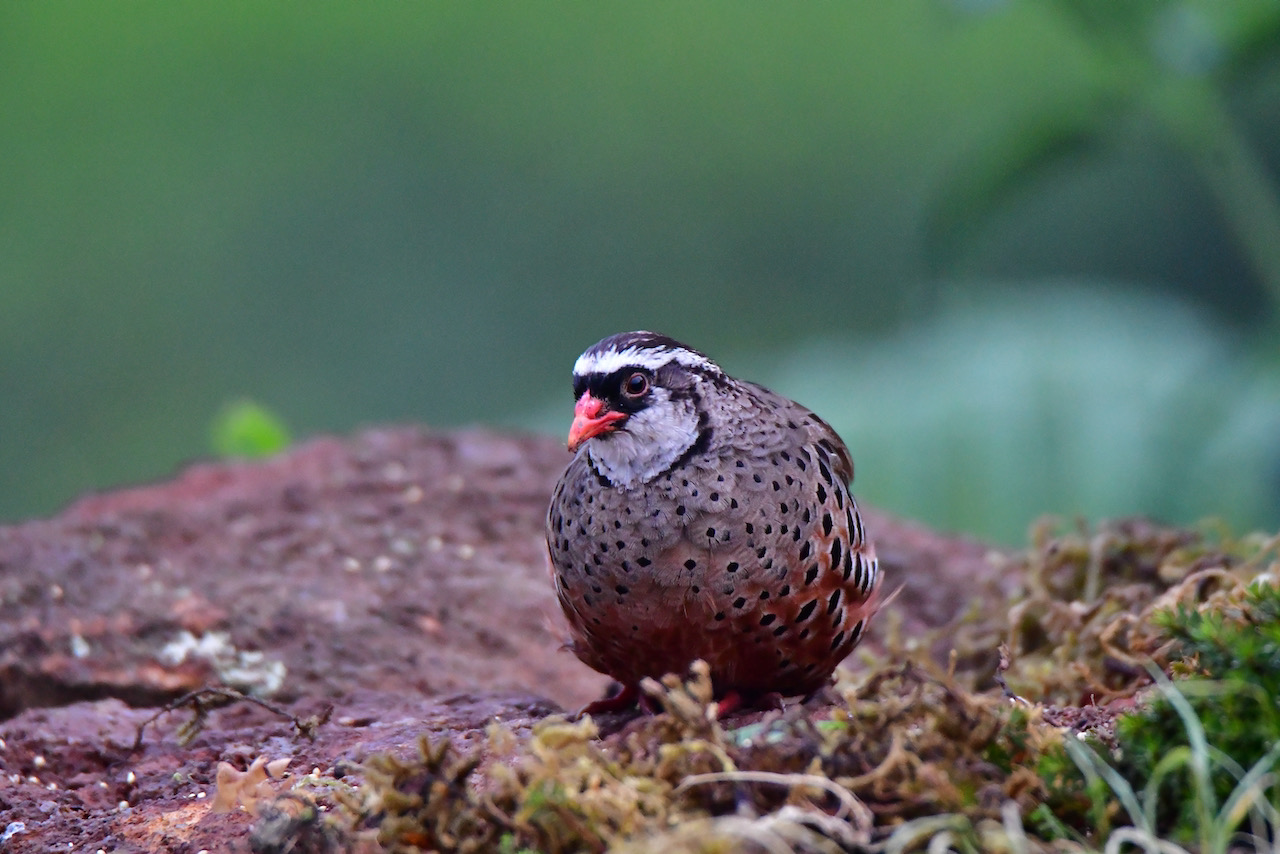
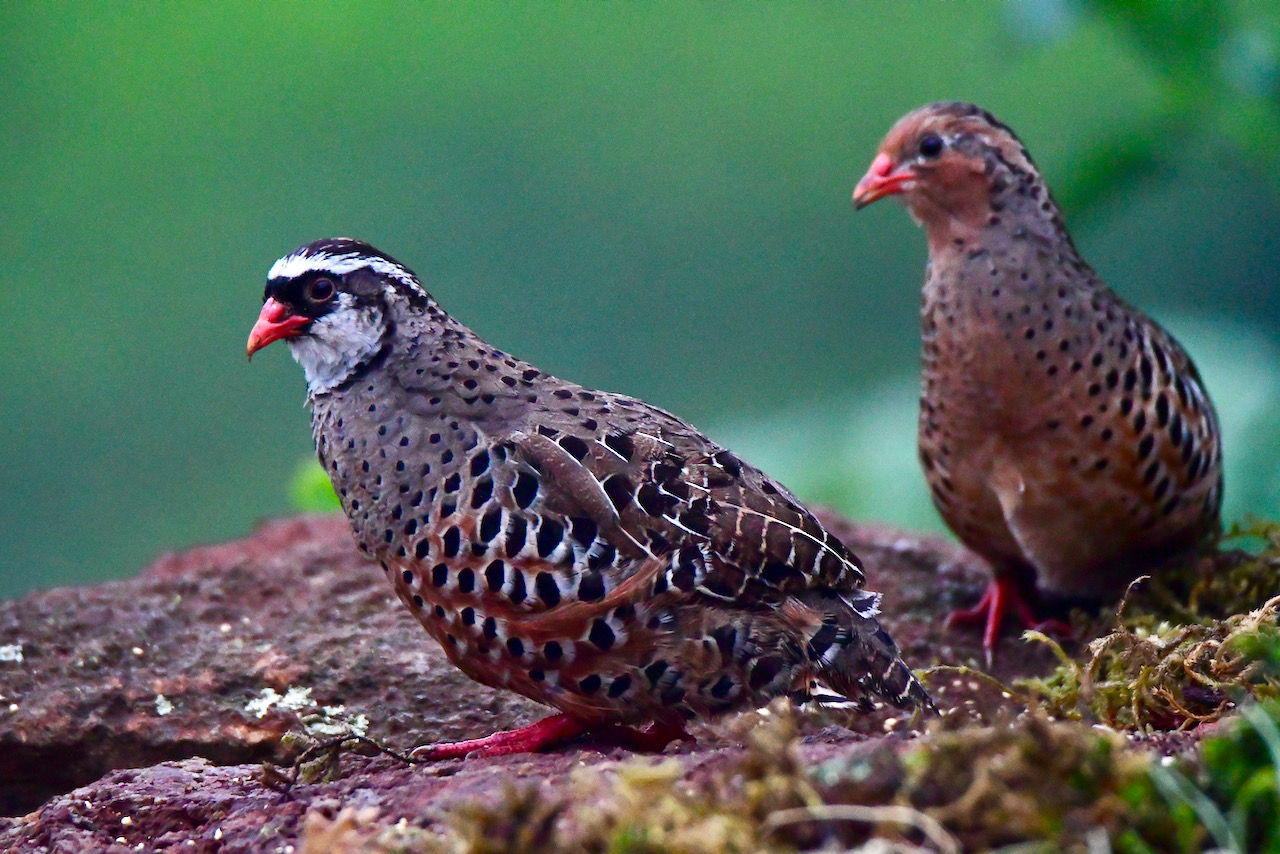


BLACK-CHINNED LAUGHING THRUSH
Sighting Black-Chinned Laughing Thrush was an easy catch. From Shivalingam’s home, after a good happy beginning with Painted Bush Quail, we drove to a place little far from the town with absolutely no human presence. I was told, we have to wait for quite some time, at times and hour to get a sight of these birds and I was lucky to spot them easily, that too against the direct sunlight and with a good background. Just for a while I mistook it for an Indian Scimitar Babbler since both looks quite similar however, there is a difference in the plumage. They were 6 to 8 of them feeding on a nectar as well as petals of flower and I got good shot with a sideways vertical pose.
Black-Chinned Laughingthrush is also called Nilgiri Laughingthrush and found in high elevation areas of Nilgiri. A prominent white eyebrow and a black throat makes it more prominent to sight. They are omnivorous, feed on a range of insects, berries and nectar. They are active in the early morning and late afternoon and are extremely vocal.


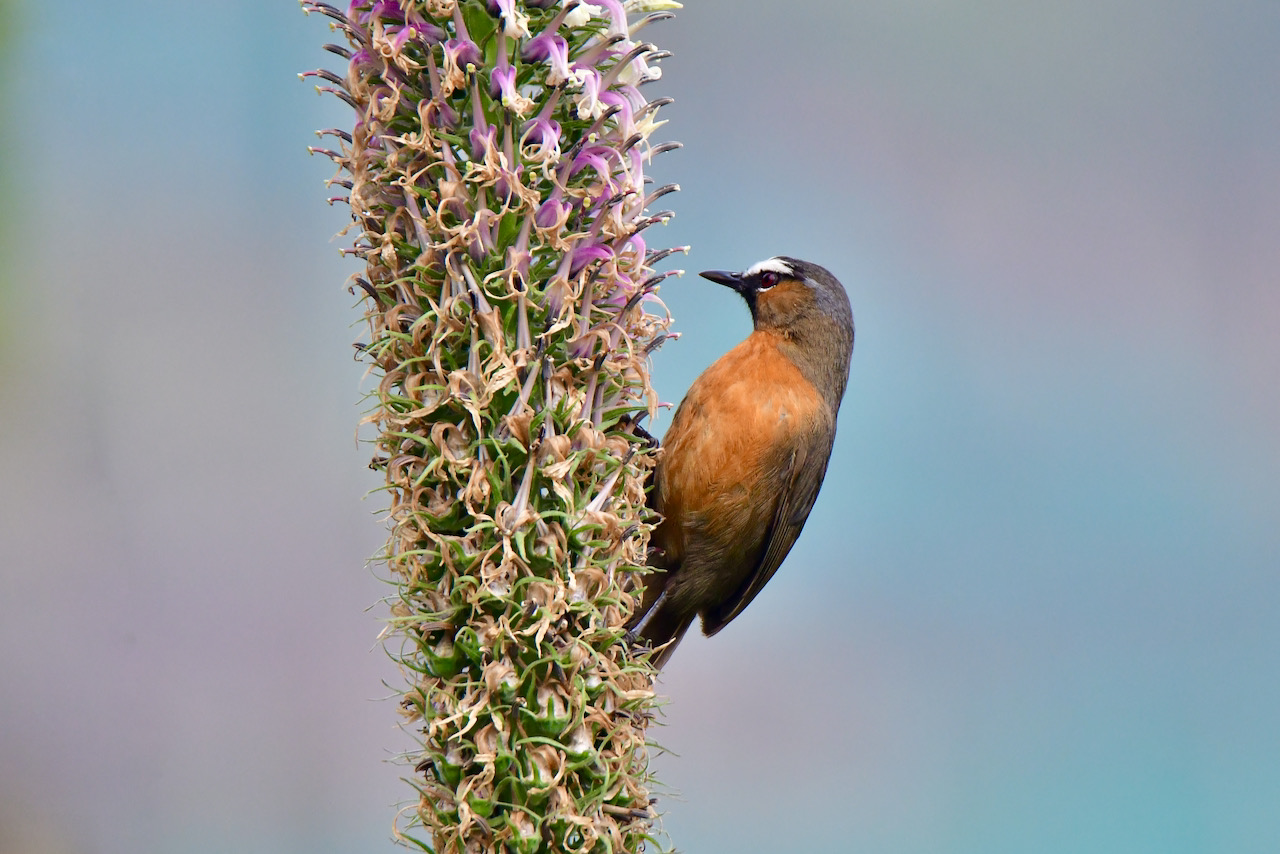
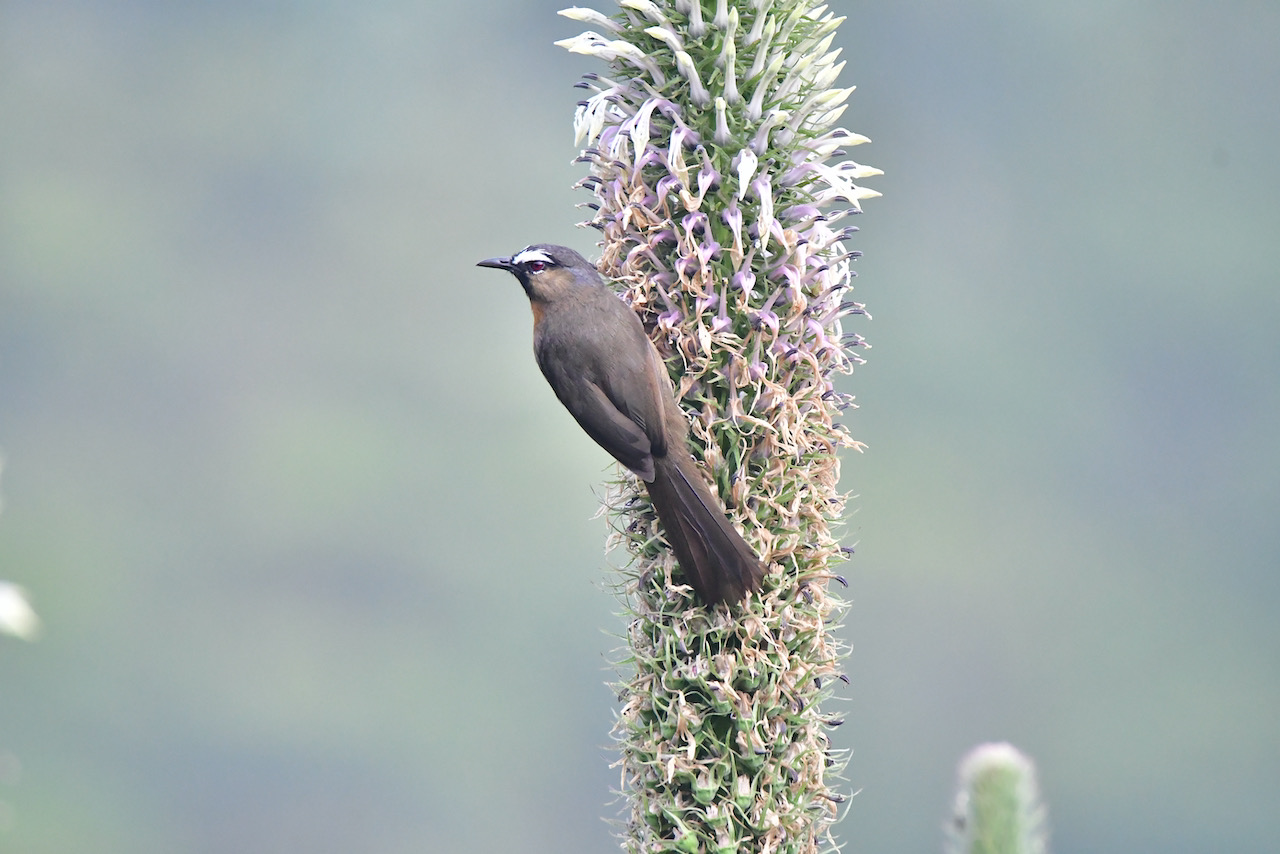
NILGIRI BLUE ROBIN
After Black-Chinned Laughingthrush, we left for the jungle far outside Kotagiri town to sight another rare bird; The Nilgiri Blue Robin. It took almost 2 hours to get a good catch of the bird. I parked my car road side and started walking up the hill. We heard a call of Nilgiri Blue Robin which was a bit distant and coming from nearby water stream. Shivalingam made several attempts to search the bird with the call coming from the stream and finally got a glimpse of it. Nilgiri Blue Robin is a very small bird, perhaps a size of a house sparrow or even smaller. We quietly settled at the stream and waited for the bird to come in the perch for it to capture in full frame. And finally it appeared as if it came to see us and I clicked it.
The Nilgiri blue robin is also known as Nilgiri shortwing, white-bellied shortwing, Nilgiri sholakili. It is found in dense forest in the dark lower floor. It appears similar to the bush chat but with long-legged and appears chunky. It has a short tail and wing. Although sharing similar habits and shape, the two species differ in plumage. Females may differ from males in iris colour. The Nilgiri blue robin is in bluish colour with the upperside including head and the throat, are dark blue. The lower plumage is rufous and the centre of the belly is white.


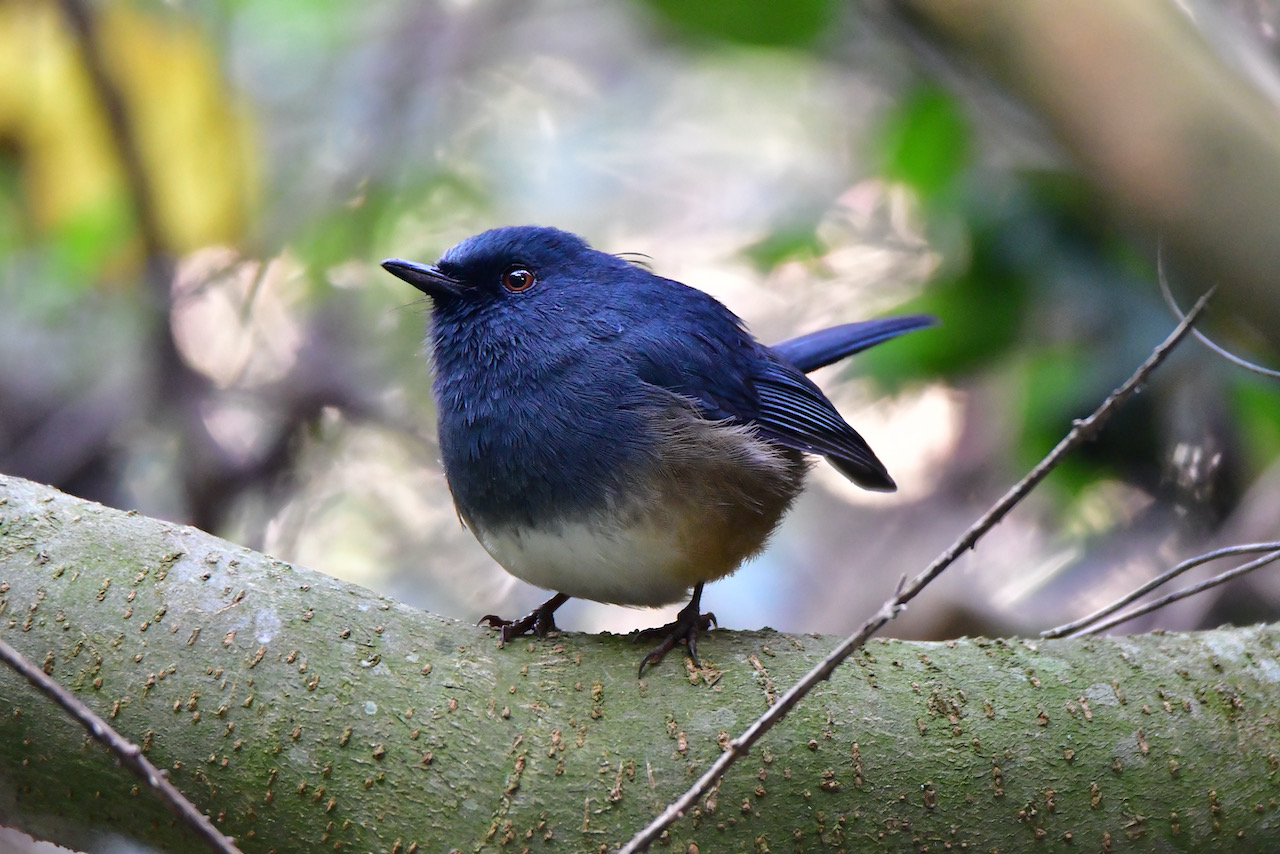

EUROPEAN BEE-EATER
EUROPEAN BEE-EATER was on our target on a day two. We climbed down to Mettupalayam and crossed the city towards an open grass land. When we reached the place, there was absolutely no sign of bee-eater and I started clicking the crested lark and ashy-crowned sparrow lark. In desperation, I didn’t even spare a drongo. After wait for an hour and a half, there came two European Bee-eater flying from somewhere and settled on a small tree at a far distance. I approached the bird with a slow pace clicking at every distance I covered before I reached it to capture in a full frame. It was quite a satisfying and fulfilling experience shooting European Bee-eater after a full tiresome hunt.
The European bee-eater is from the bee-eater family, rich in colour and a slender bird. It’s slightly bigger than the other bee-eaters and can be easily spotted even from a far distance with it’s brilliant movement of colour as it catches its food in the air. It comes from Southern Europe and moves between three continents. The European Bee-eater is really a colour full and beautiful bird with it’s brown and yellow upper parts and wings are green and the beak is black.
True to their name, bee-eaters eat bees and occasionally they catch them in air. When the bird catches a bee, it returns to its tree to get rid of the bees poison, which it does very efficiently. It hits the insect’s head on one side of the branch, then rubs its body on the other. The rubbing makes its prey harmless.

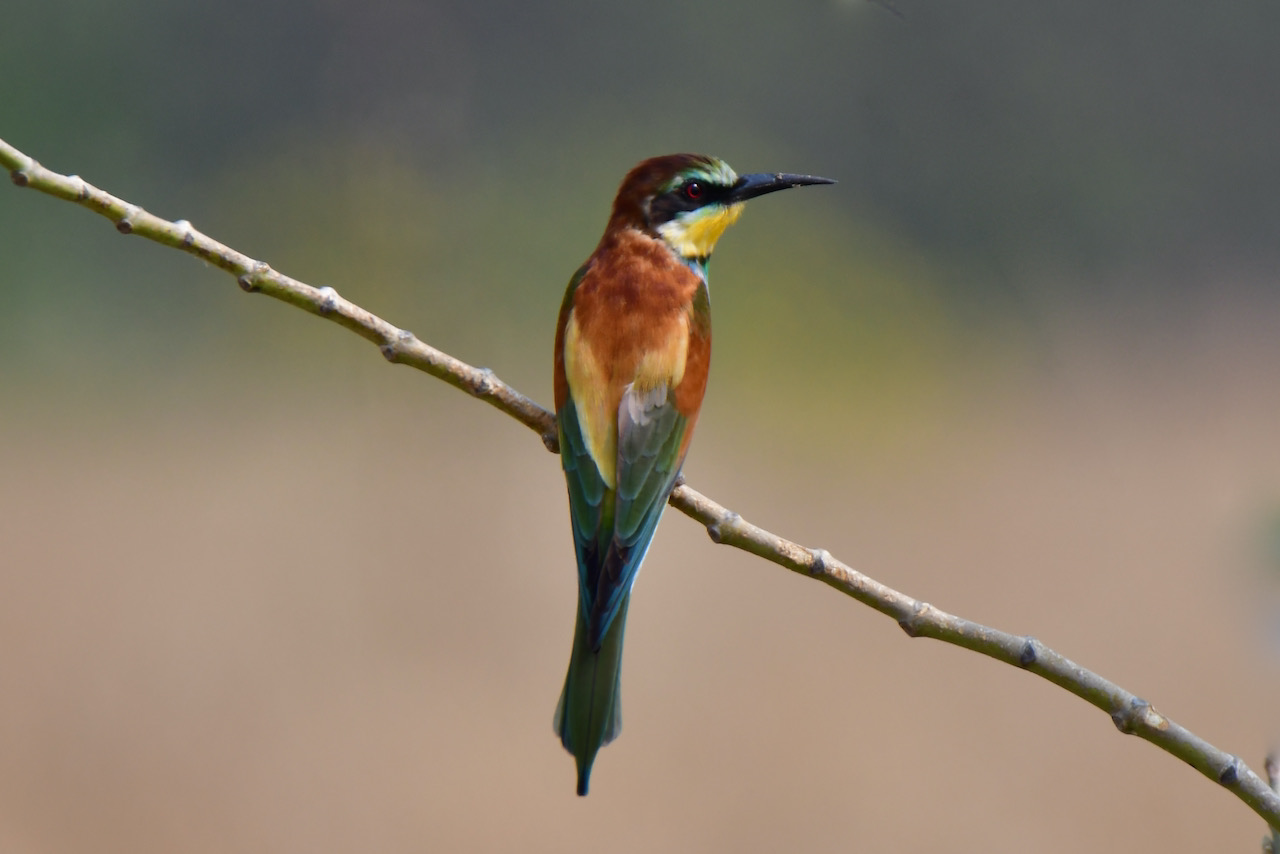
KASHMIR FLYCATCHER
Sighting Kashmir Flycatcher was a really thrilling story and was most exciting part of my Kotagiri trip. We were searching for the tiny little bird in a tea plantation on a hill slope almost for two hours and we faced lot’s of ups and downs, disappointments. Kashmir Flycatcher is very unstable bird. Initially we didn’t find any movement in the estate and thought it may not come. At times we gave up hope but Shivalingam was very persistent and made several attempts going up and down the hill to find it. I must appreciate Shivalingam’s enthu and stamina and never give up approach. He could finally find the bird and started following with it’s call.
The Kashmir flycatcher is a small bird in the flycatcher family. It feeds on an insects. It breeds in the north-west Himalayas in the Kashmir region. It migrates all the way from Kashmir during winter in the hilly region of Nilgiri and Western Ghat. They are hardly 4 or 5 in the whole Nilgiri region.
The Kashmir Flycatcher is around 13 cm long. The male is grey above and bright orange below; female is paler, with only a faint orange wash on the chest. Kashmir Flycatcher sometimes tends to repeatedly fan its tail in addition to the cocking, a behaviour that is not so frequently observed in flycatchers. So, if you see a flycatcher repeatedly fanning its tail, start investigating because you may have a rare Kashmir Flycatcher around.
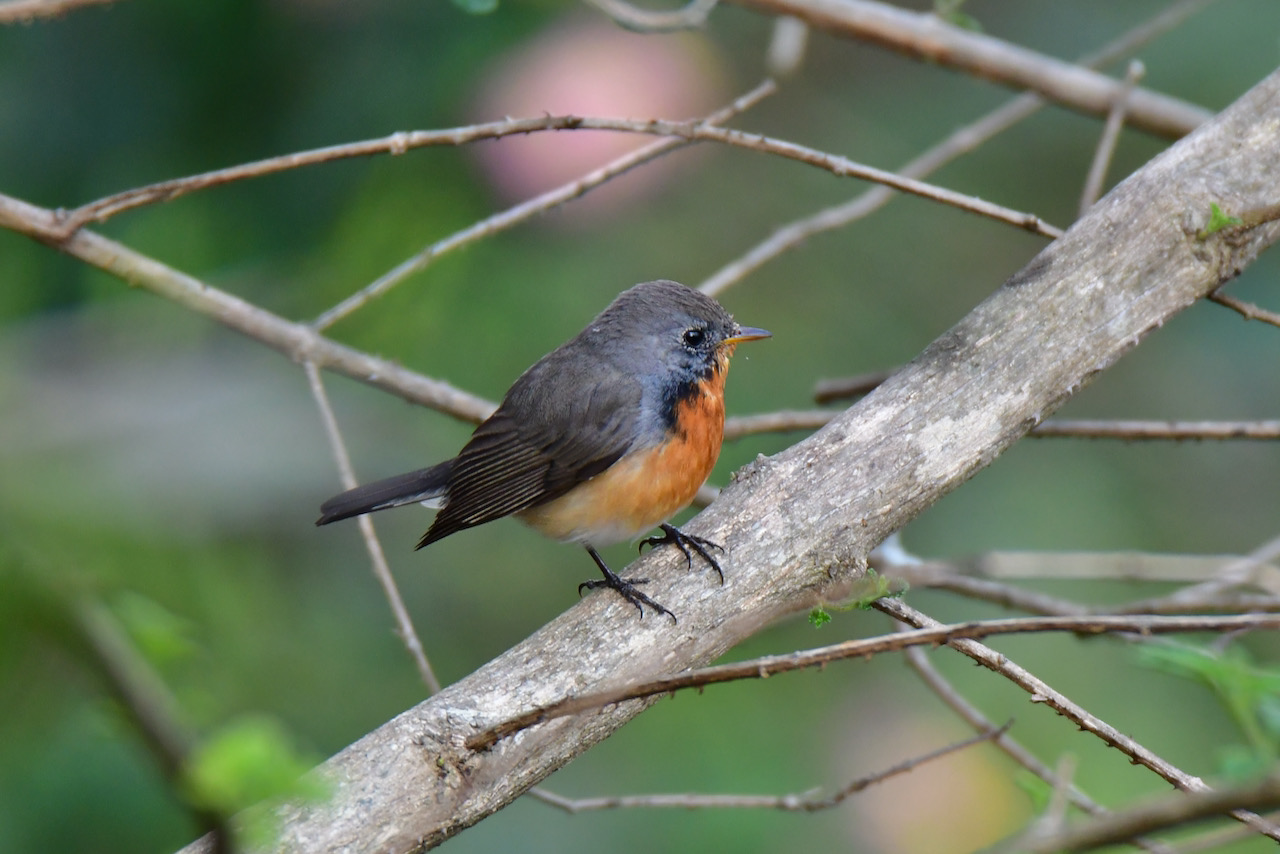
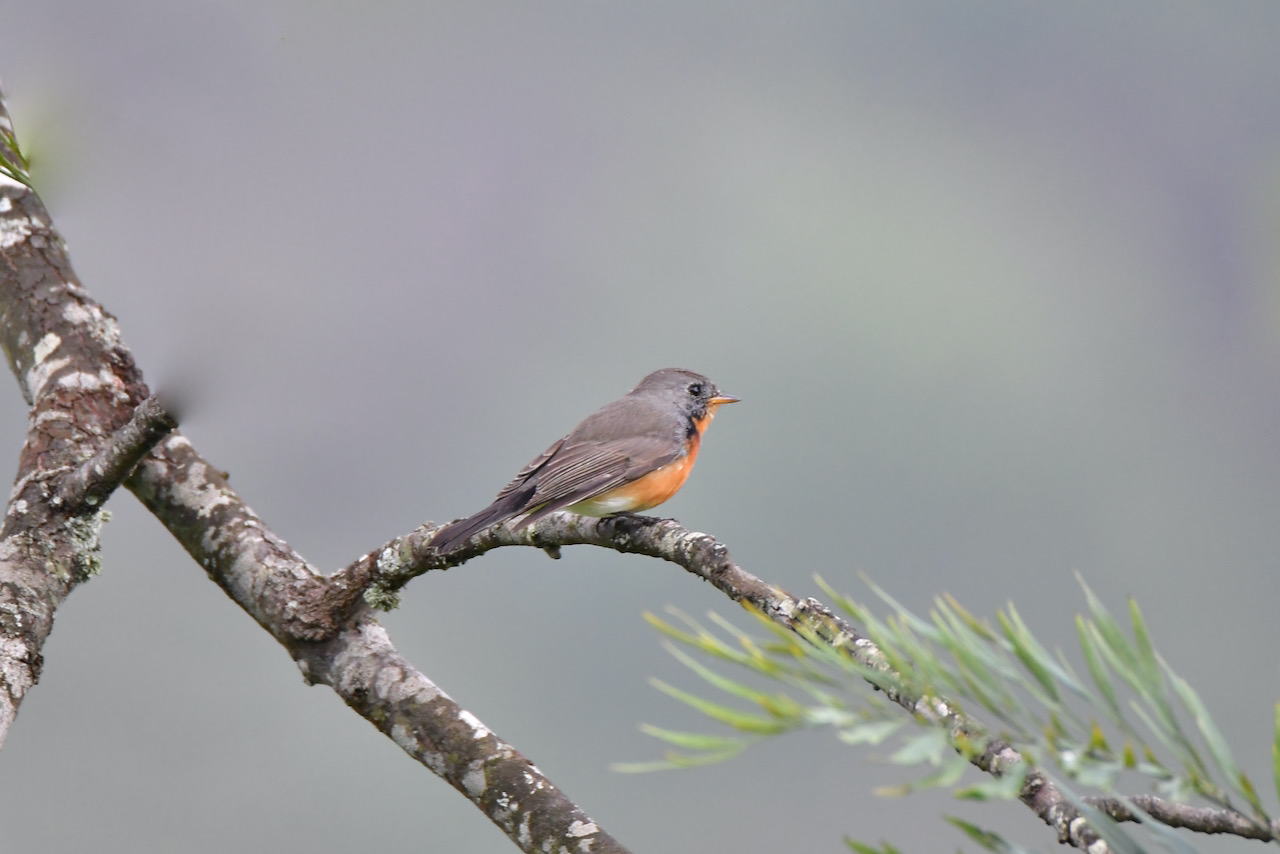

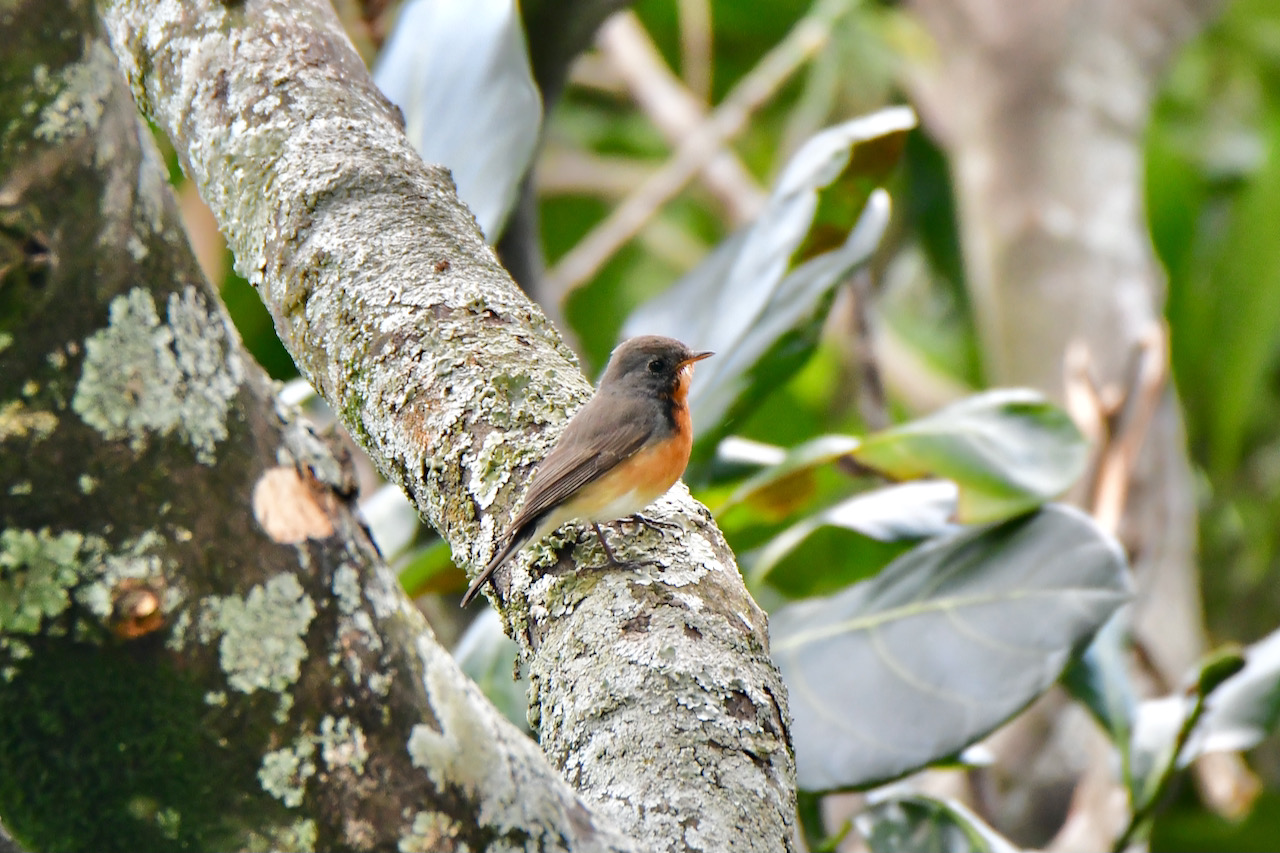
Day Three morning was full foggy in Kotagiri with a visibility of few meters. We had a plan to visit SIMS park in Cunnoor. It is one of the favourite birding spots in the Nilgiris situated in Coonoor. Several species of birds endemic to the Nilgiris can be seen here. The best time for birding is in the early morning and evenings. We saw several Flycatchers, Goshawk, Black & Orange Flycatcher, Nilgiri Flycatcher, Brown-breasted Flycatcher, Grey-headed Canary Flycatcher, Several Warblers, Indian Blackbird, Puff-throated Babbler, Velvet Fronted Nuthatch, Olive Backed Pipit, Nilgiri Wood Pigeon. I could shot only few of them due to the poor visibility and few of them were quite far and beyond the limit of my camera.
The birds in SIMS park are so used to humans that they do not fly away at your sight. It is very common to see birders and photographers here in the mornings. Poor visibility due to fog, fizzled out the entire plan since birds usually don’t come in open in foggy weather.
I wanted to get Black & Orange Flycatcher since I missed in the Kotagiri Jungle early. We could easily got it but it was in bushes and the light wasn’t enough to get a good photo. So we waited for it to come in open. After few attempts, we got it and I got a good shot but I still want to catch it in several other good poses with good background.


SOMEBODY’S LIFE IS SOMEBODY’S BREAD
While roaming in the park, I caught my sight on a Cinereous Tit catching a caterpillar. Tit was trying to grab the caterpillar and to neutralise it to avoid the back attack. Caterpillar are usually harmless but in case of danger they attack by spraying their hairs, which can cause a blindness.
It was gruesome and very cruel sight but this is how nature has built an ecosystem to maintain a life balance. It’s caterpillars life and birds do feed on them. The caterpillar seems to be pleading to spare it’s life but Tit paid no heed to it. After clicking few photos, I was just observing the struggle and Tit enjoying the meal. I thought of shoe them away and spare the caterpillar but it wouldn’t have been right.


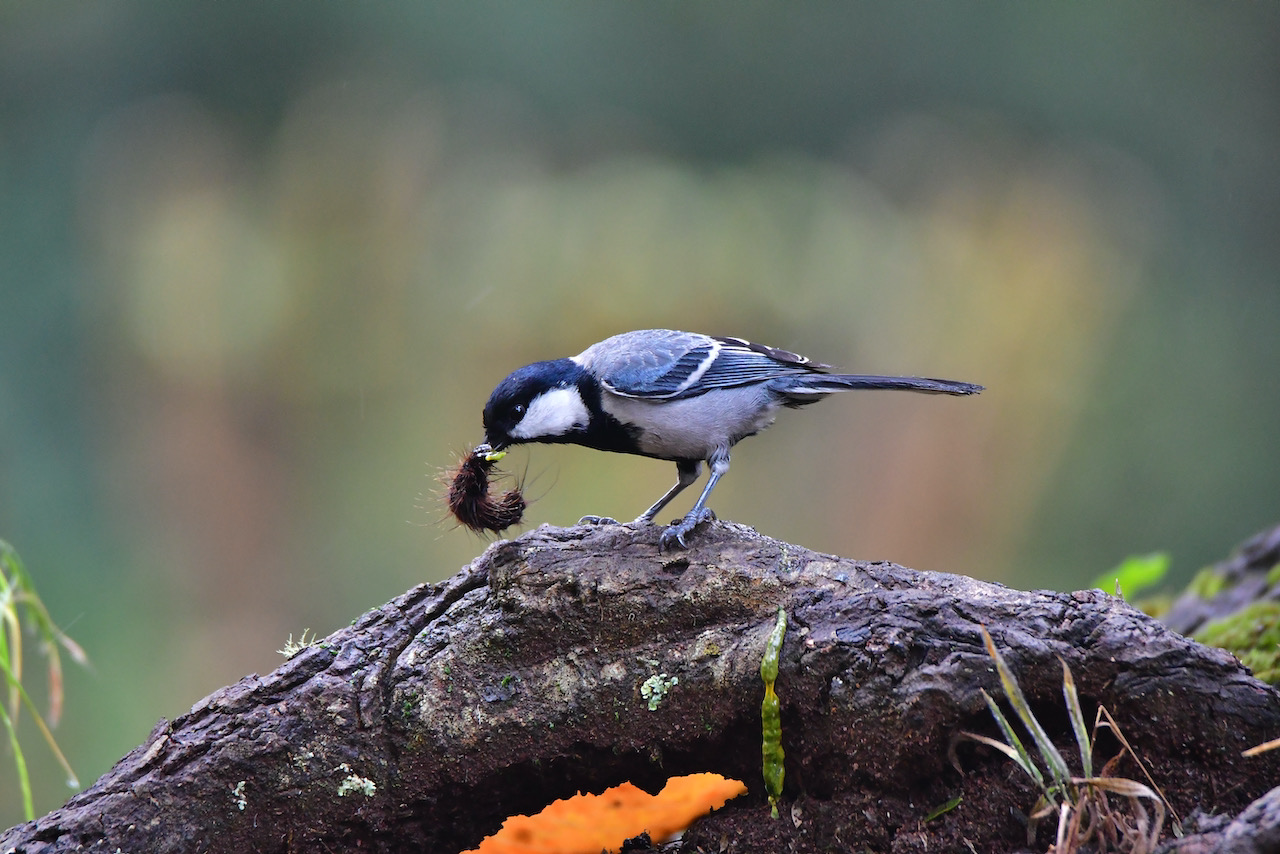
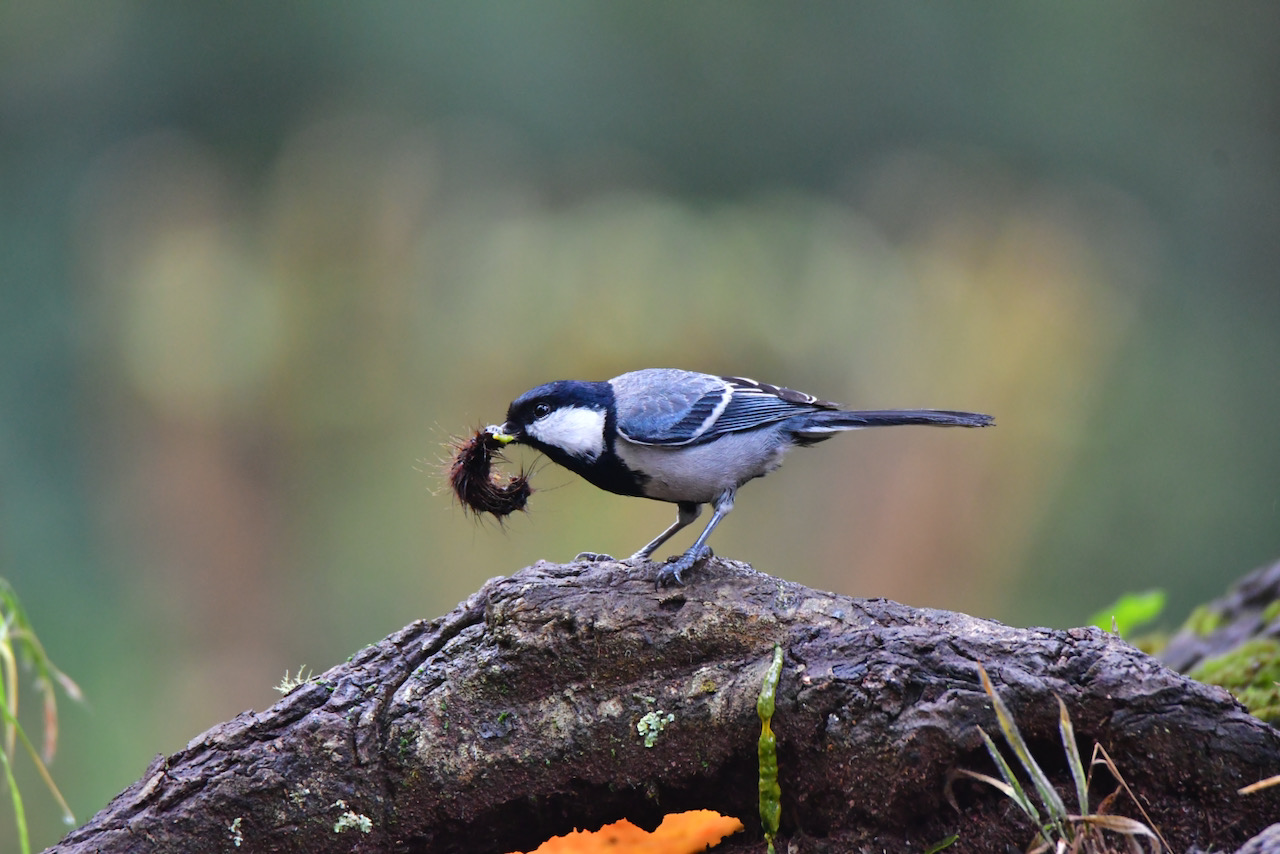
During Kotagiri photography tour, I also got to see mammals, like Sloth Bear and Indian Bison. First time, I could see them from a very close. As per the locals, Leopards are commonly seen here. Though we couldn’t see any except for its foot prints.

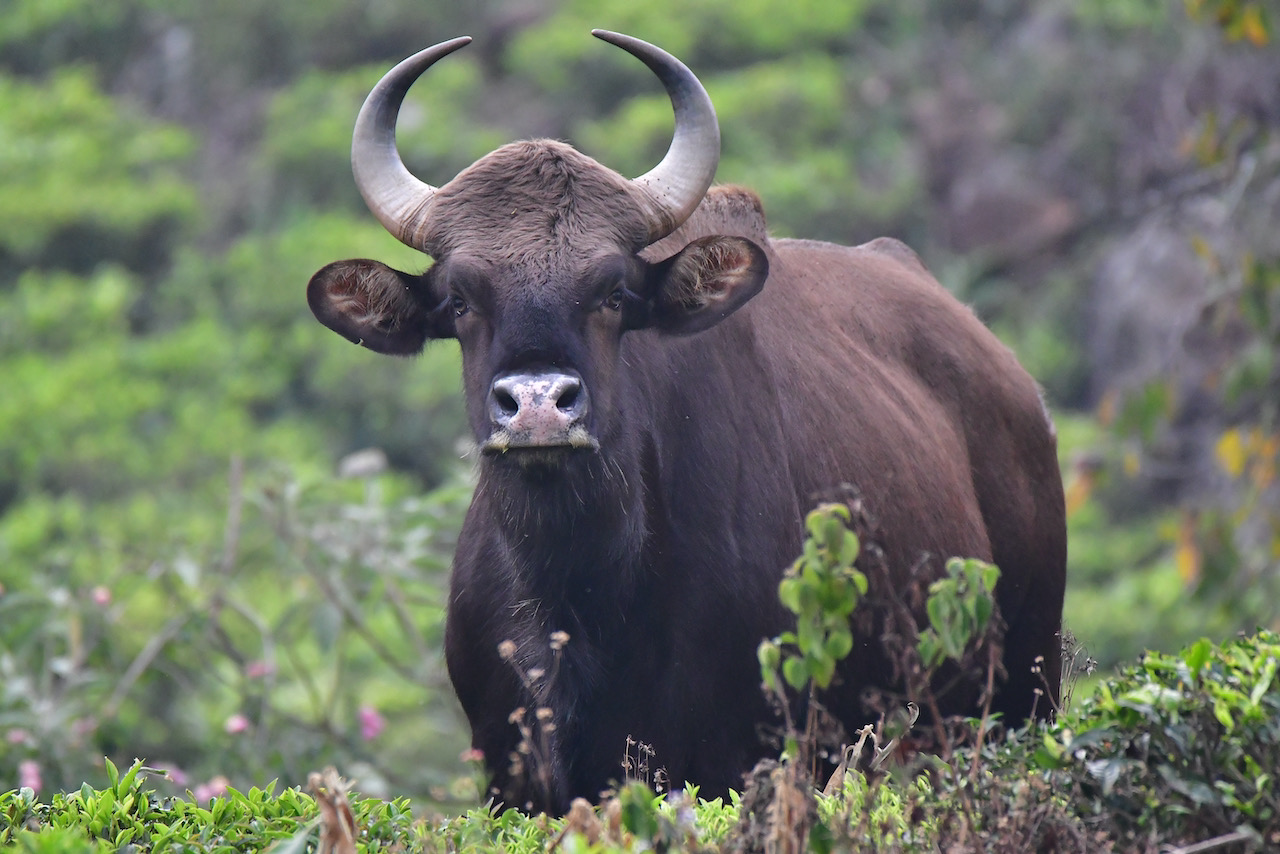
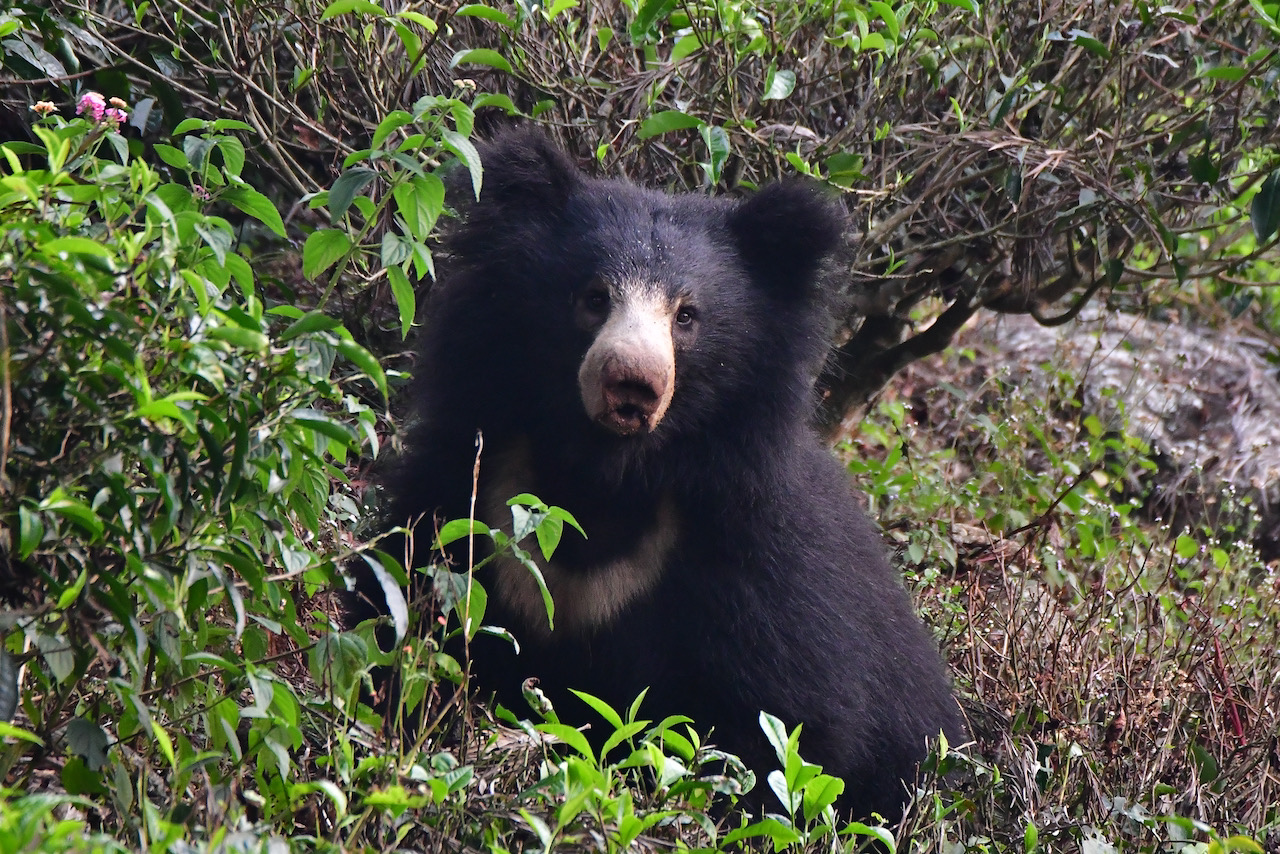
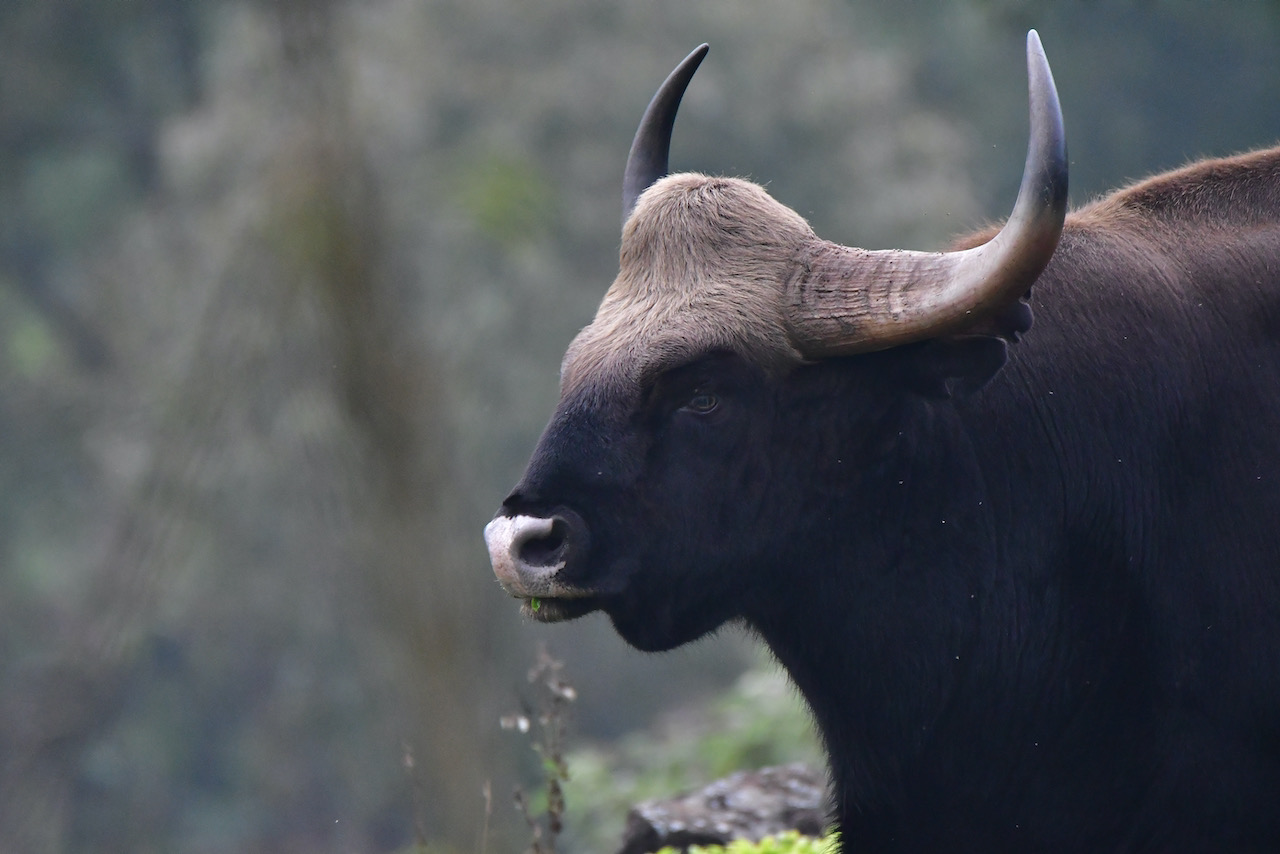
With this my Kotagiri trip came to an end. I dropped Shivalingam at his place and started heading back home to Bangalore. It’s been quite a memorable trip for me as I could shot some of the new and rare species and those weren’t in my archive.
I must make a mention of Shivalingam for his knowledge of birds and the nature and also his great energy and versatility even at this age. He cares for people’s interest and it was quite visible from my experience in entire trip. I could see him getting desperate when we don’t see birds. I dedicate the column of Kashmir Flycatcher to Shivalingam for his tiresome effort, making several attempts, walking up and down the hill. Shivalingam left a deep impression on my mind with his great work in entire Nilgiri. I wish him all the very best!!!

AGGAL SHIVALINGAM
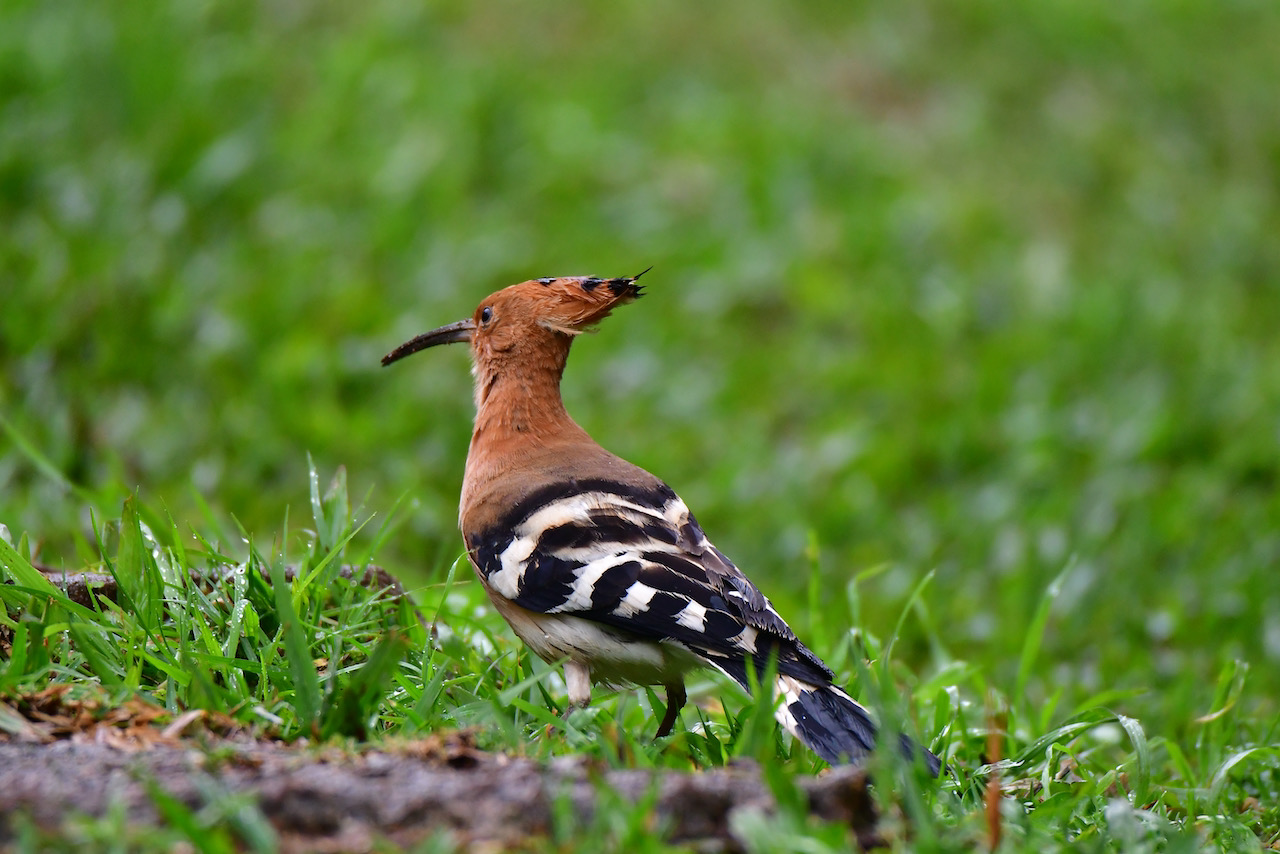
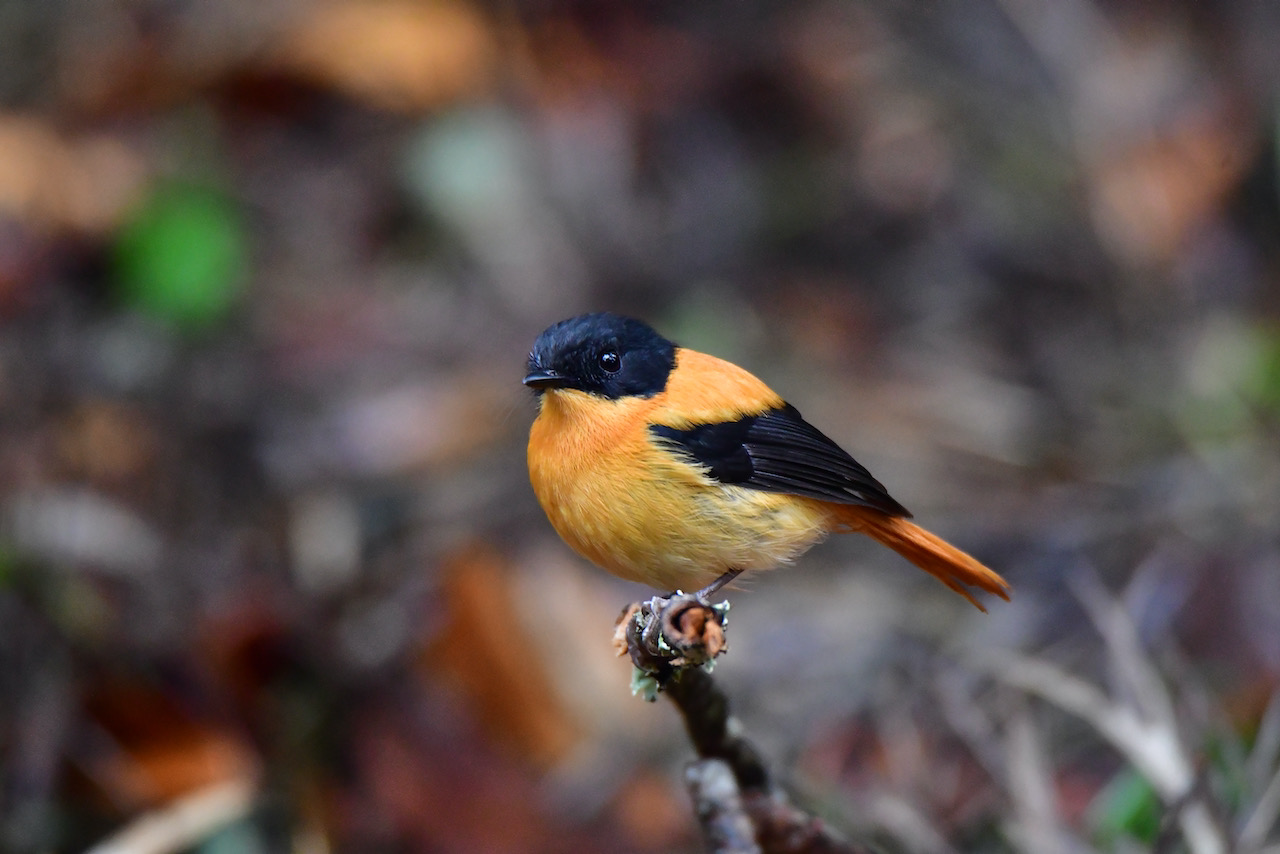
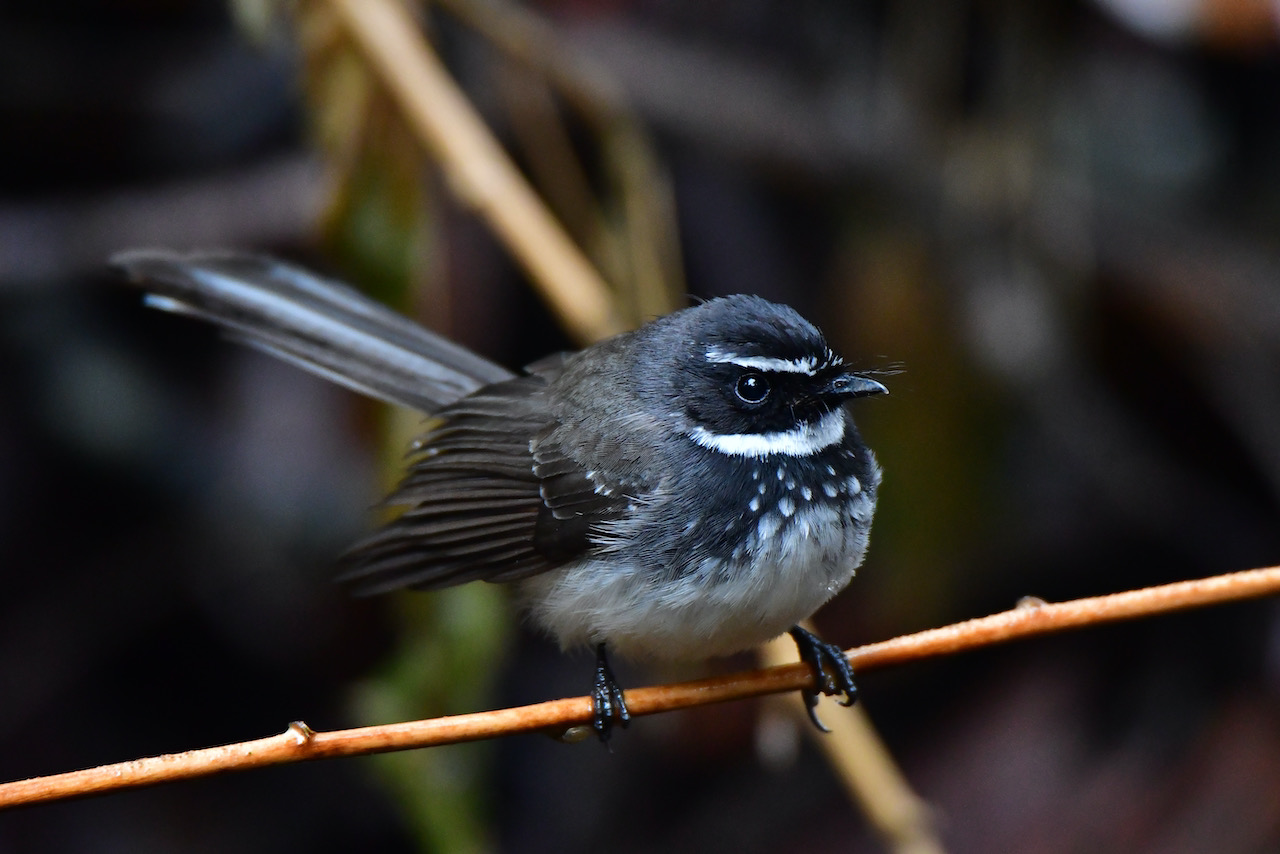

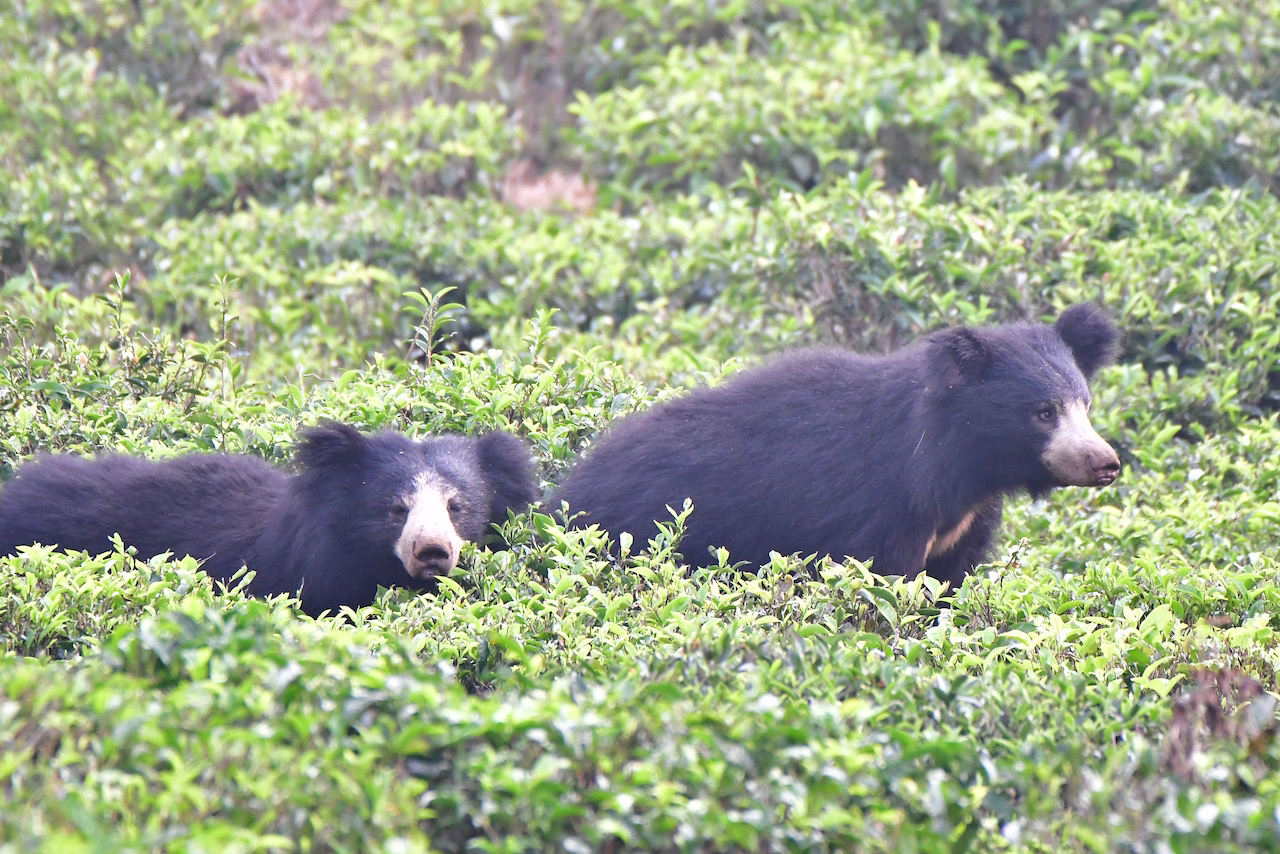
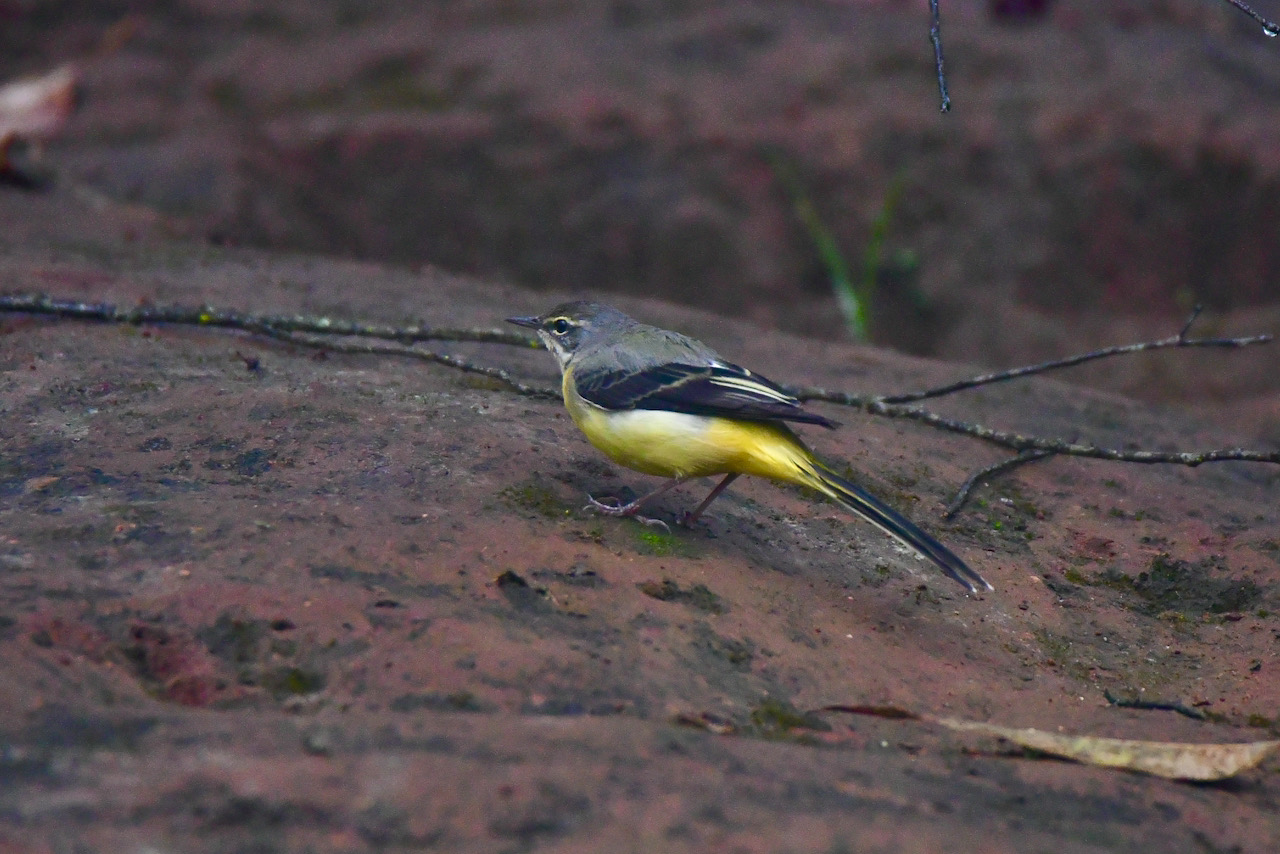



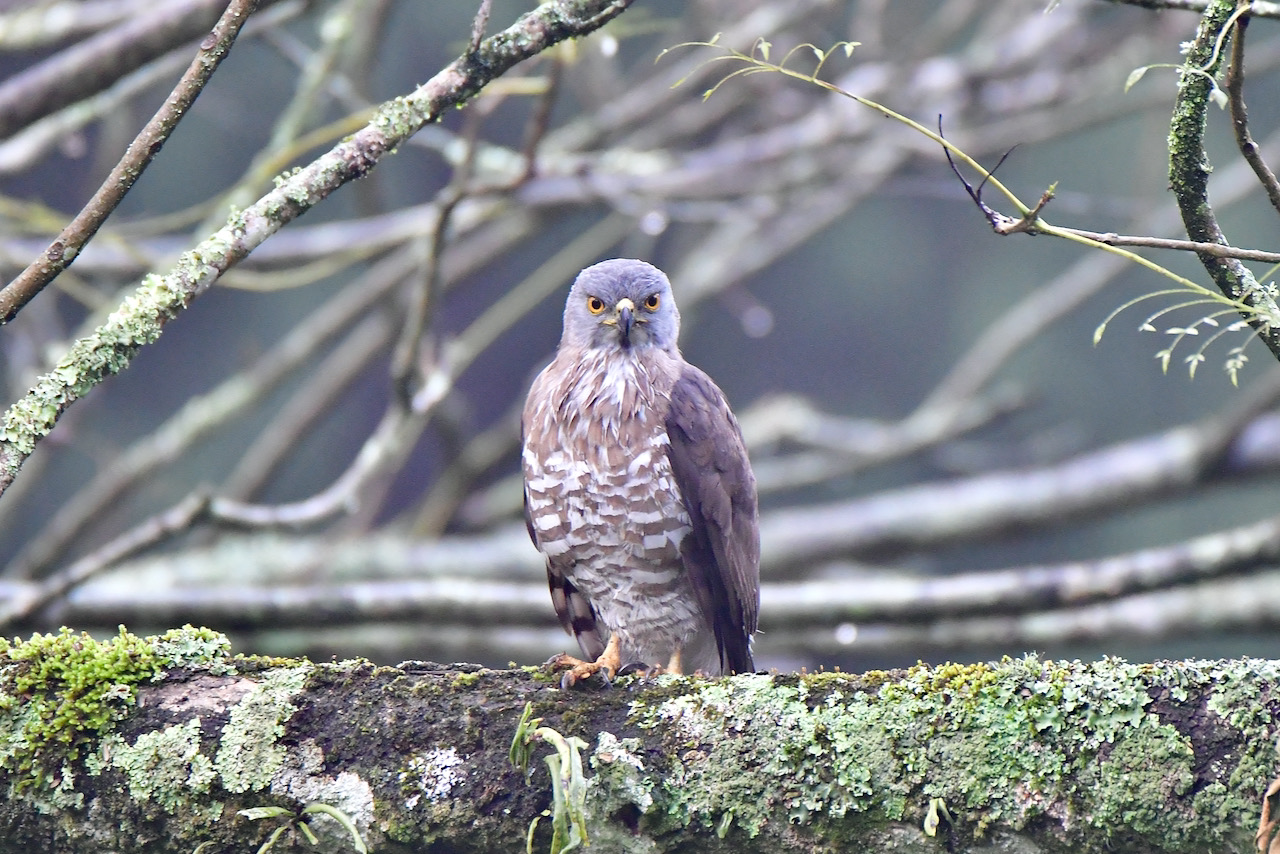
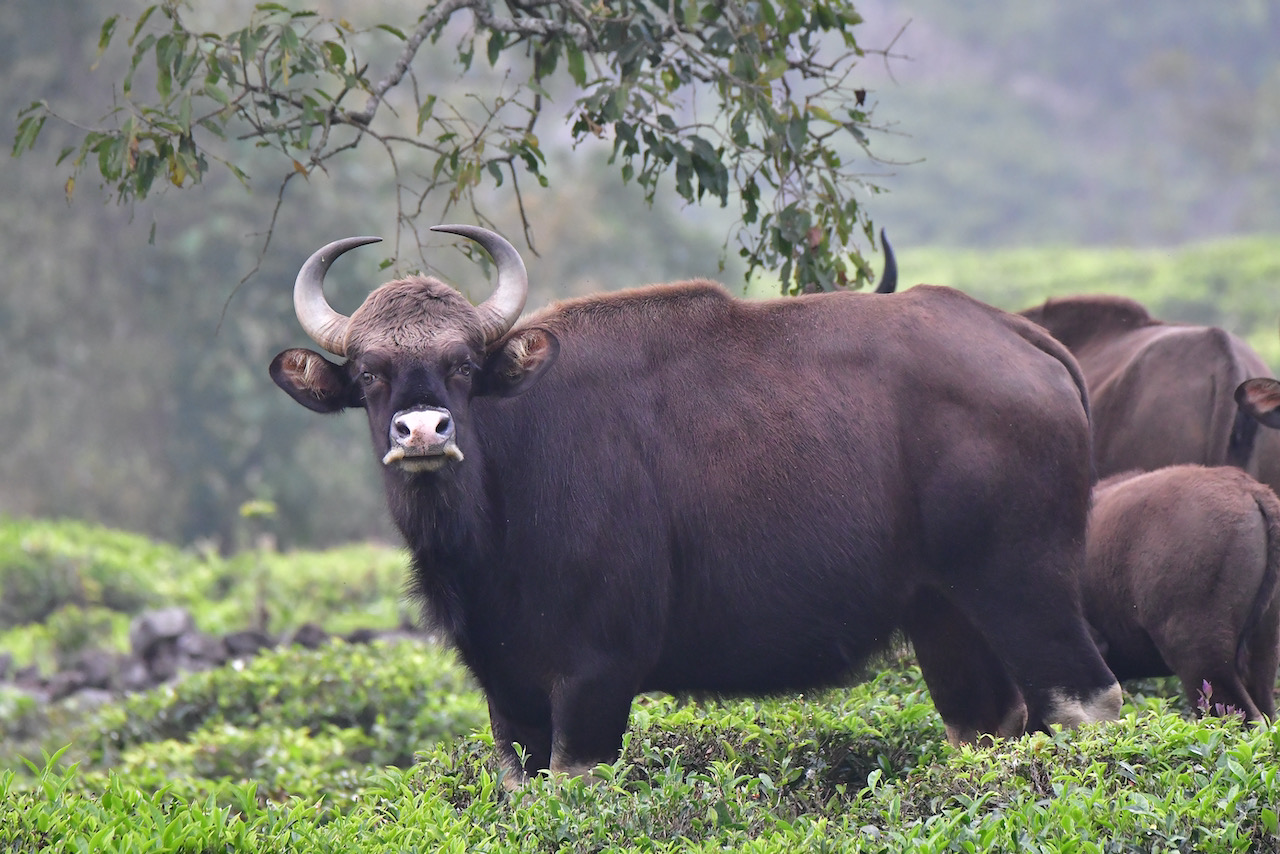
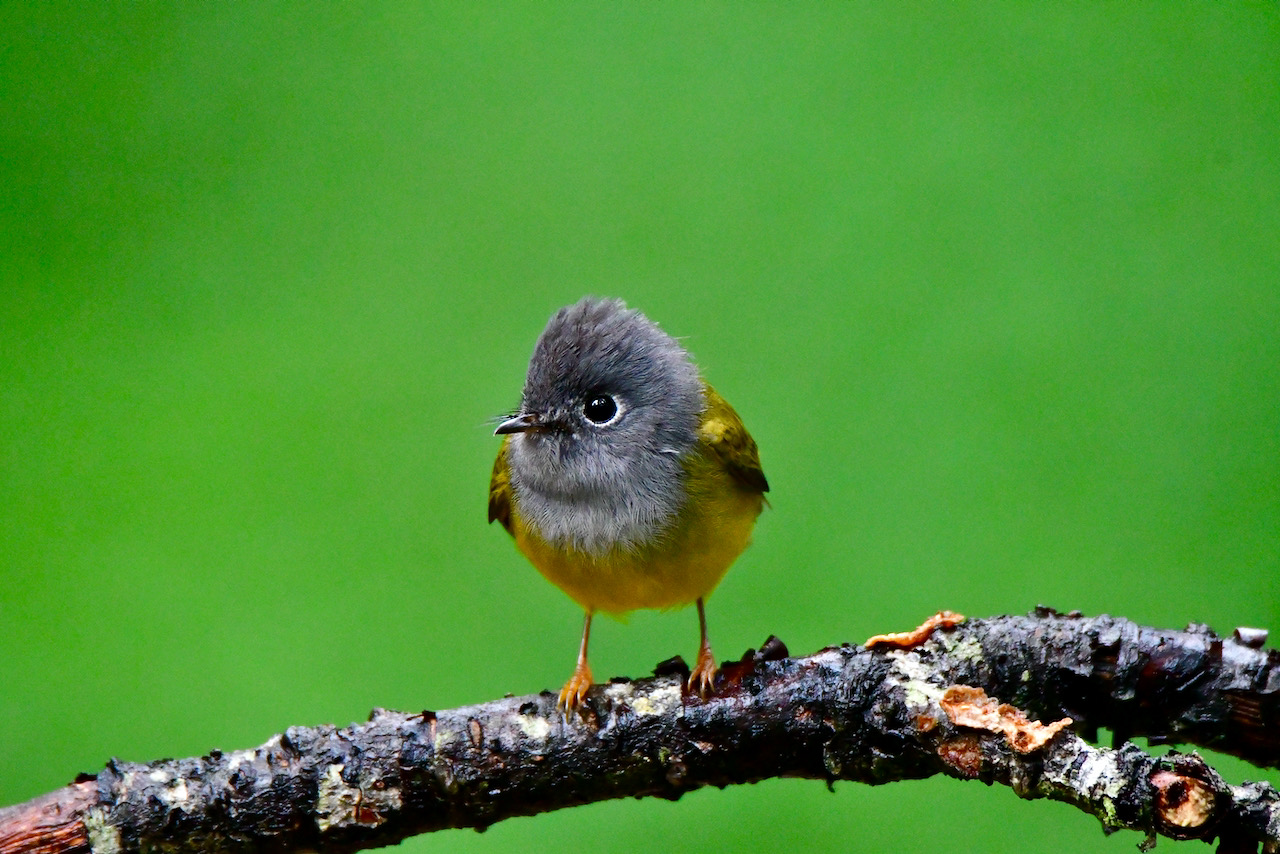
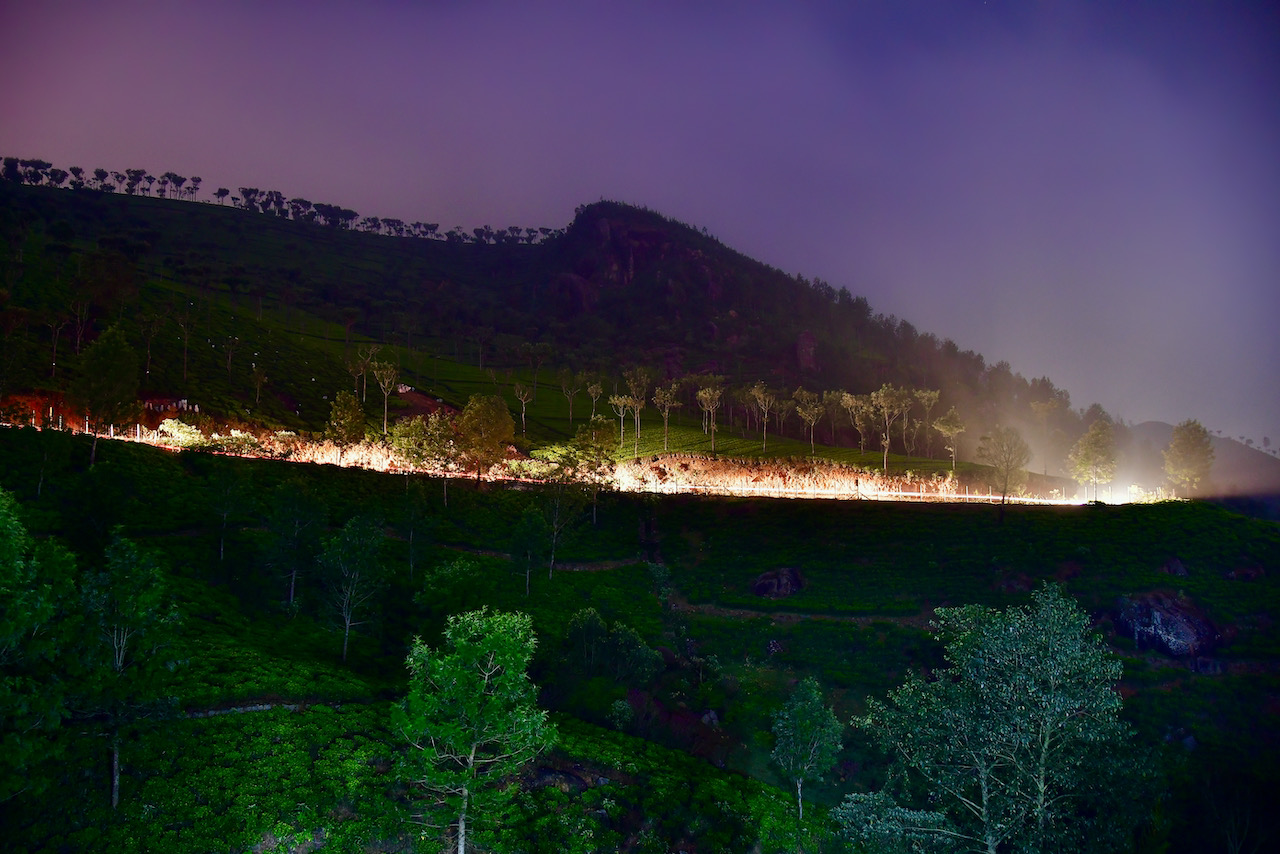



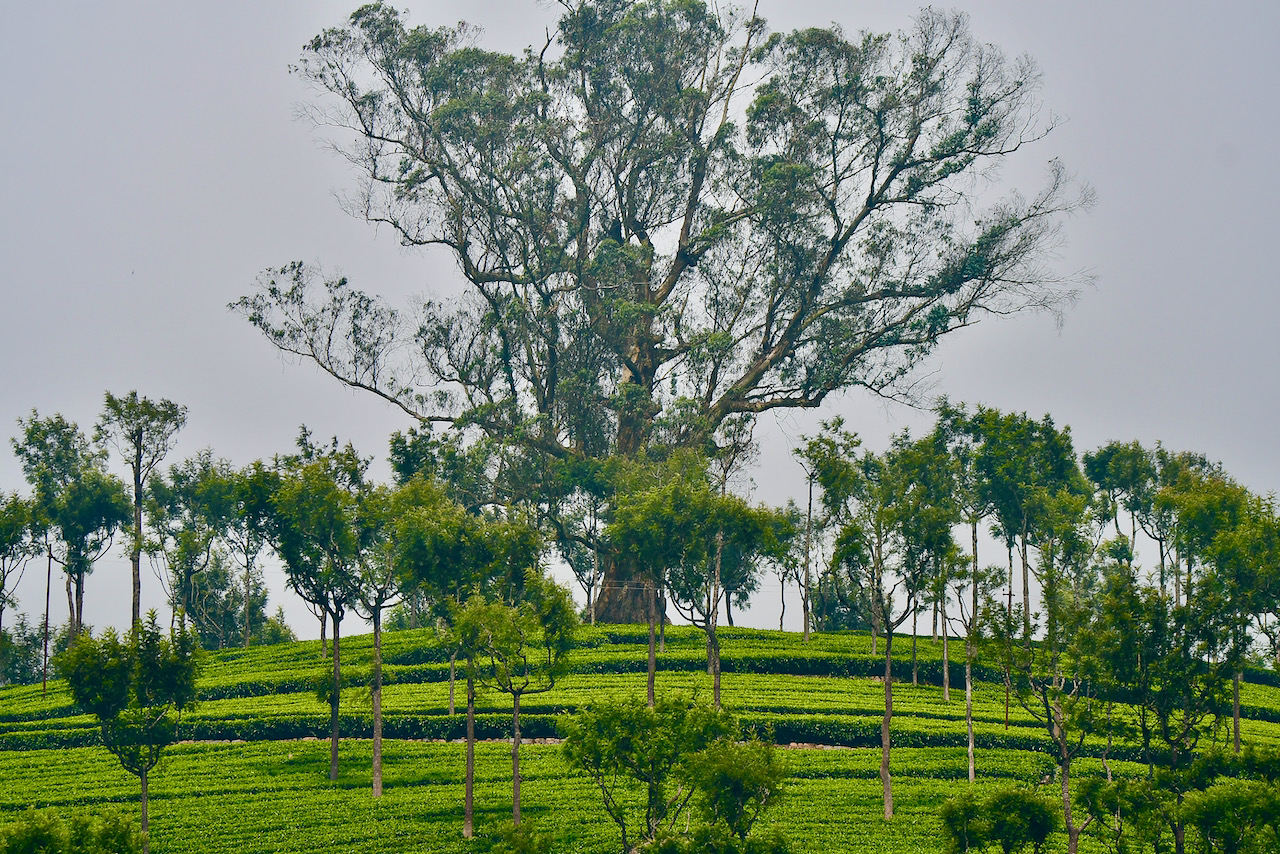
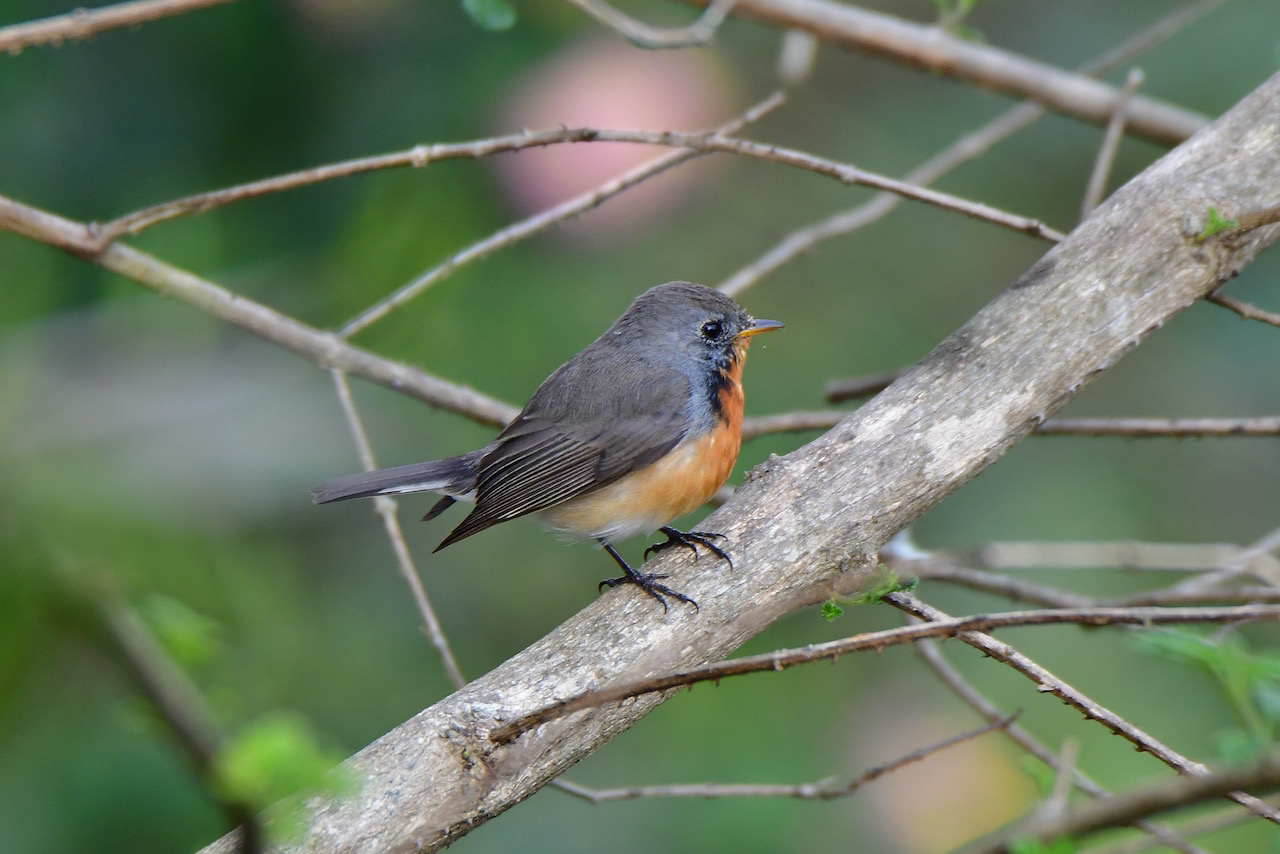
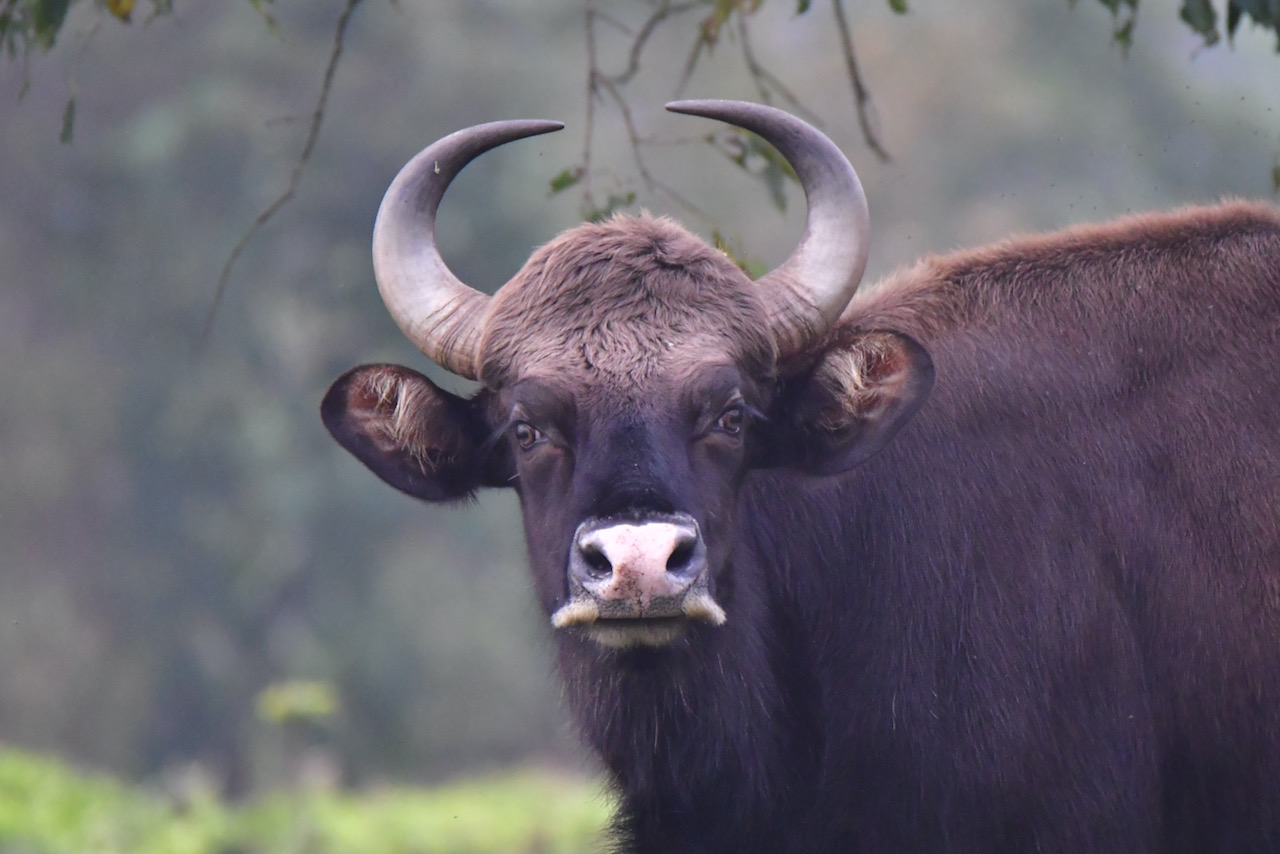
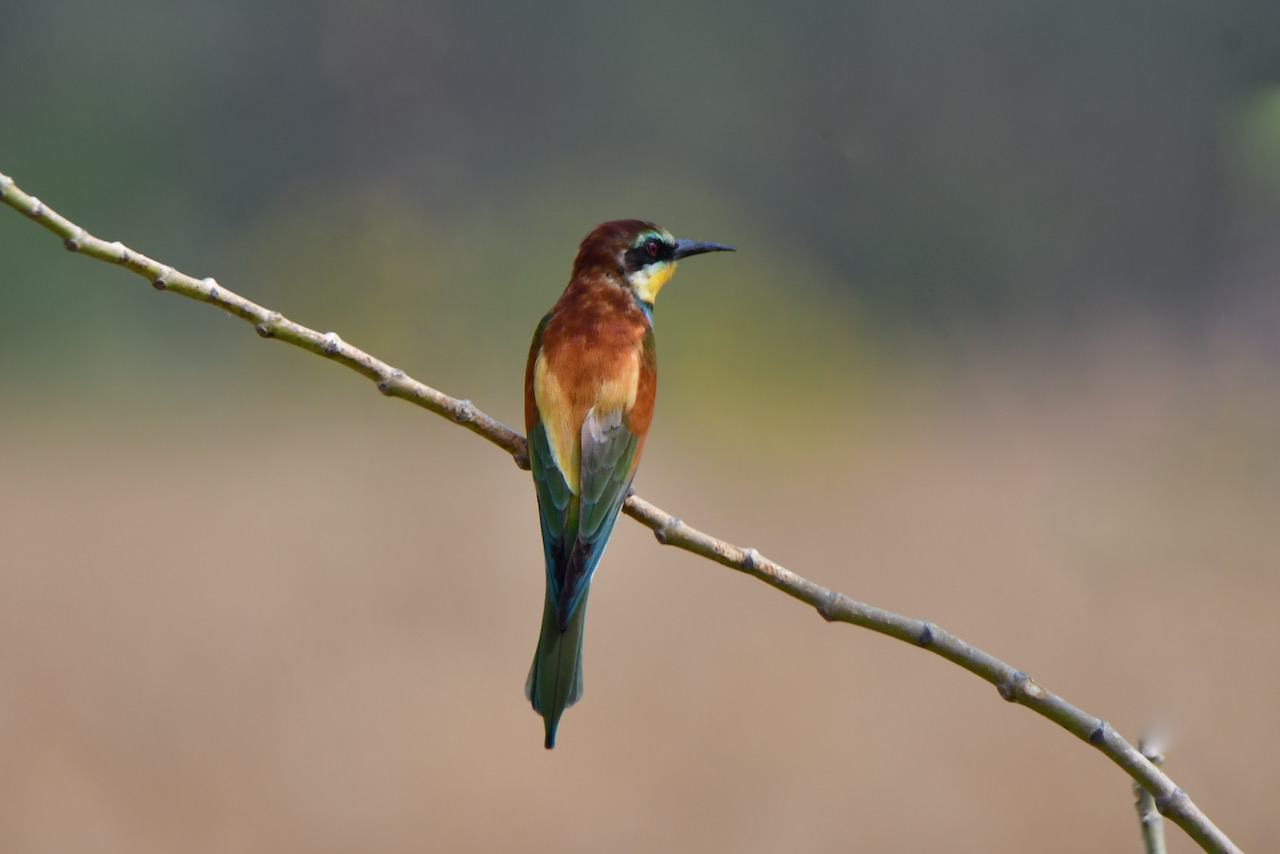

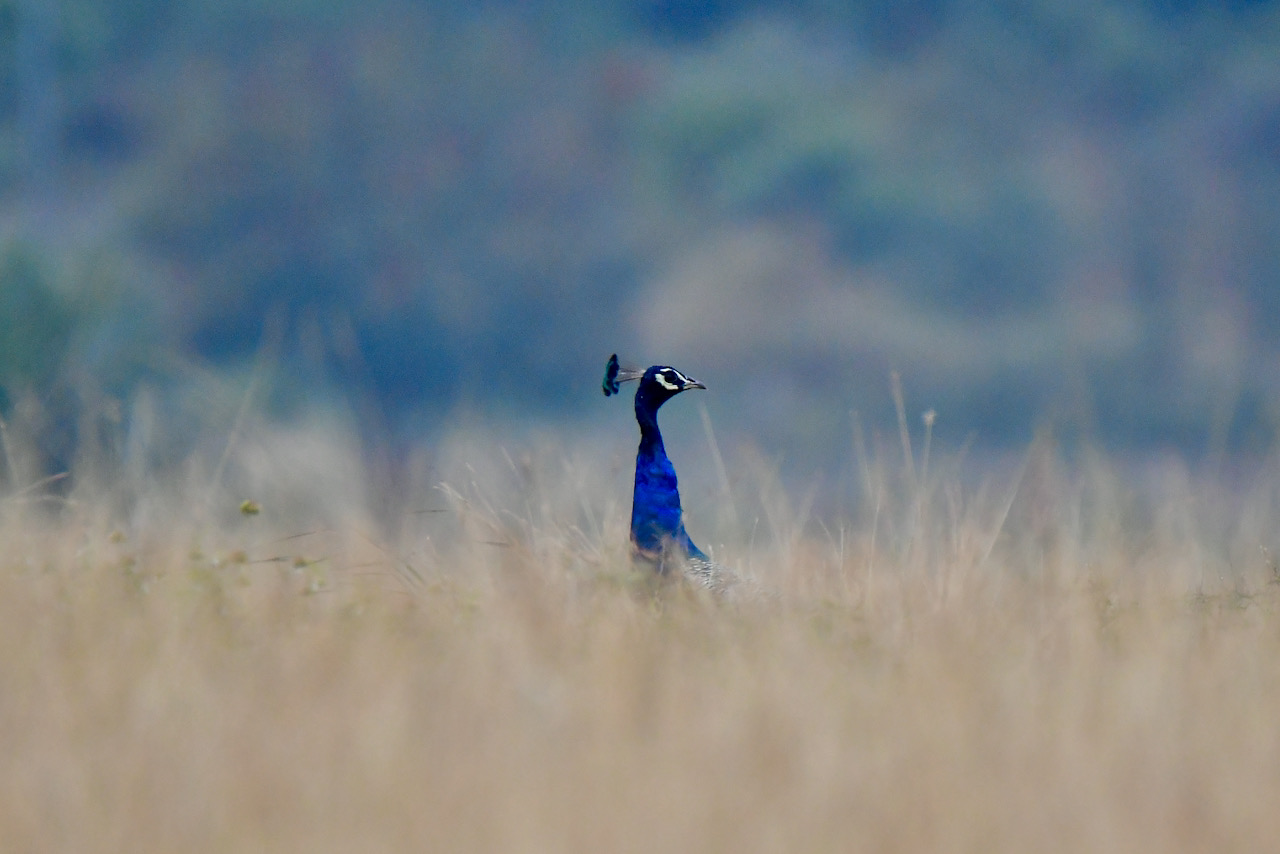
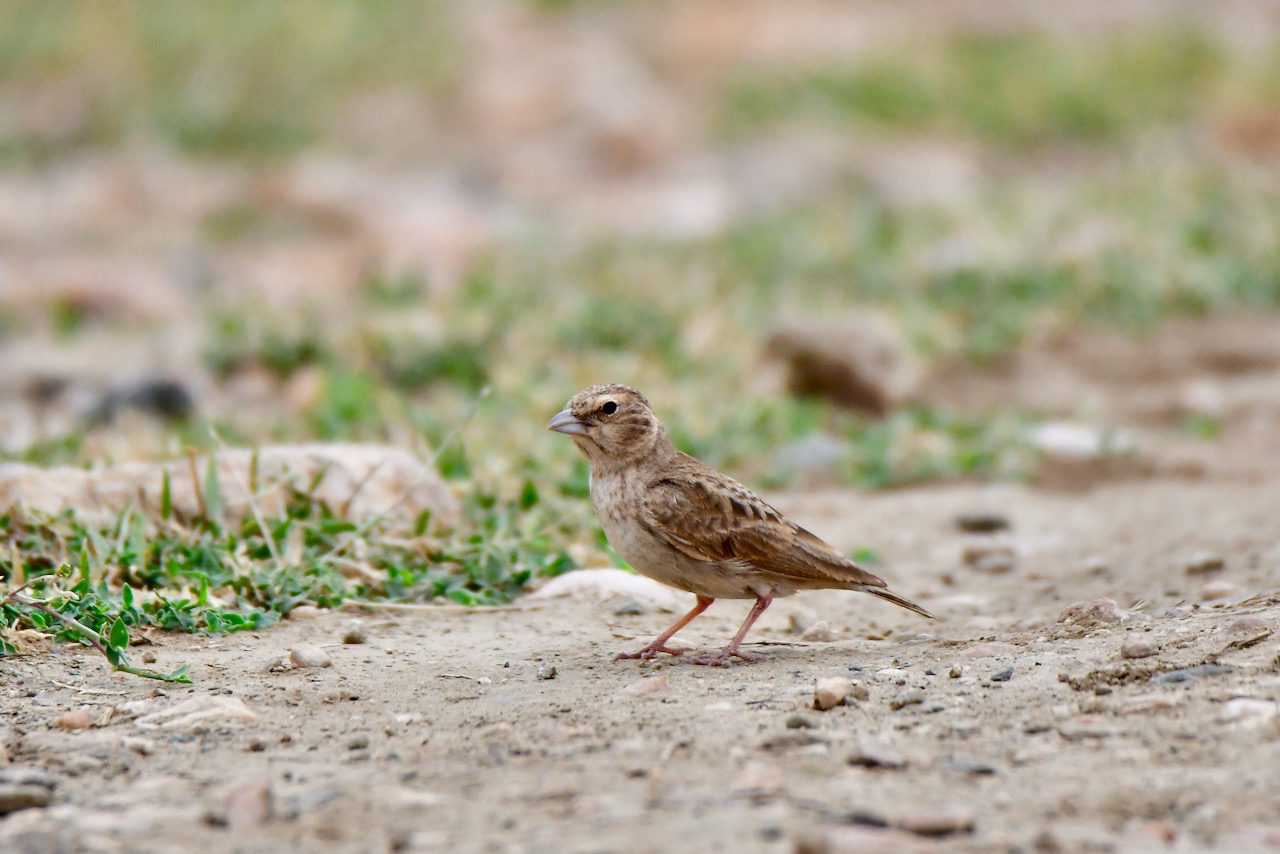
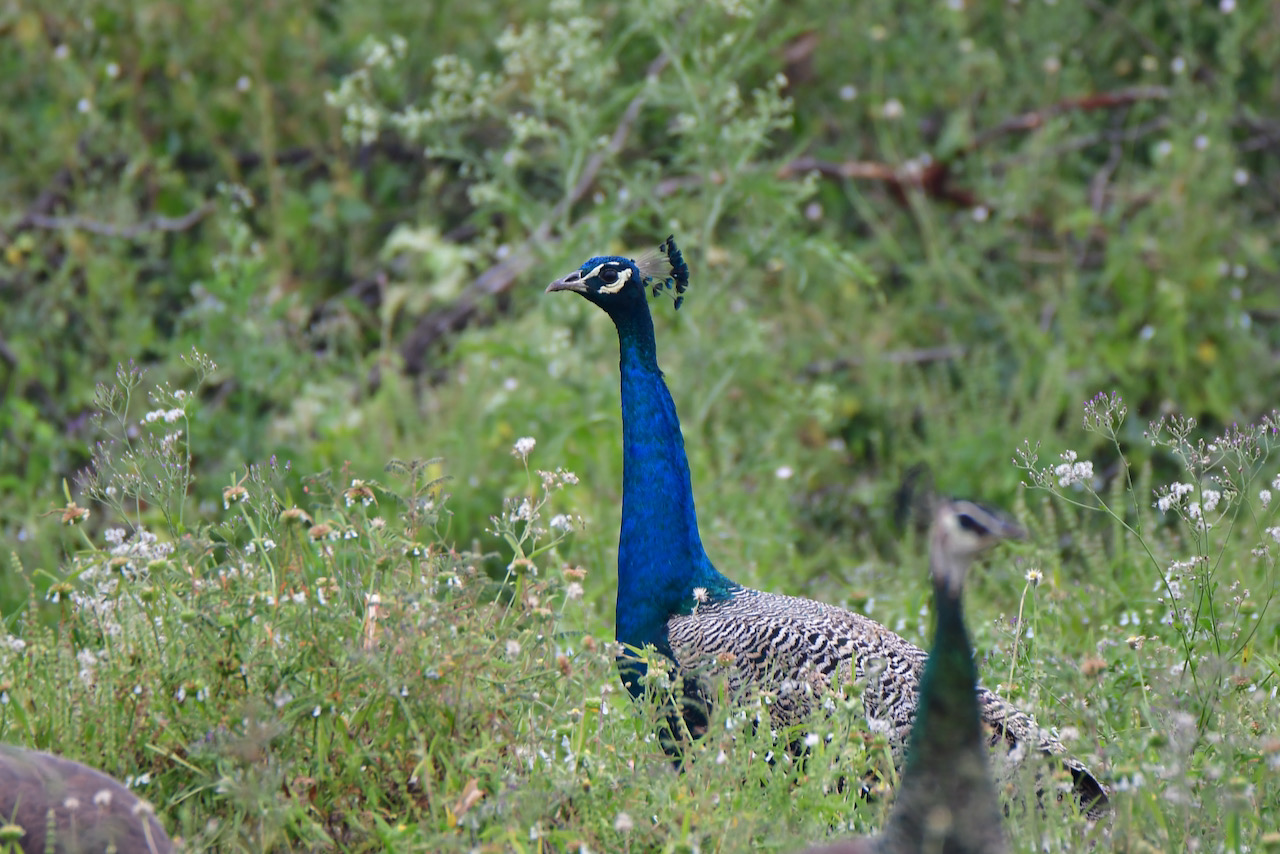
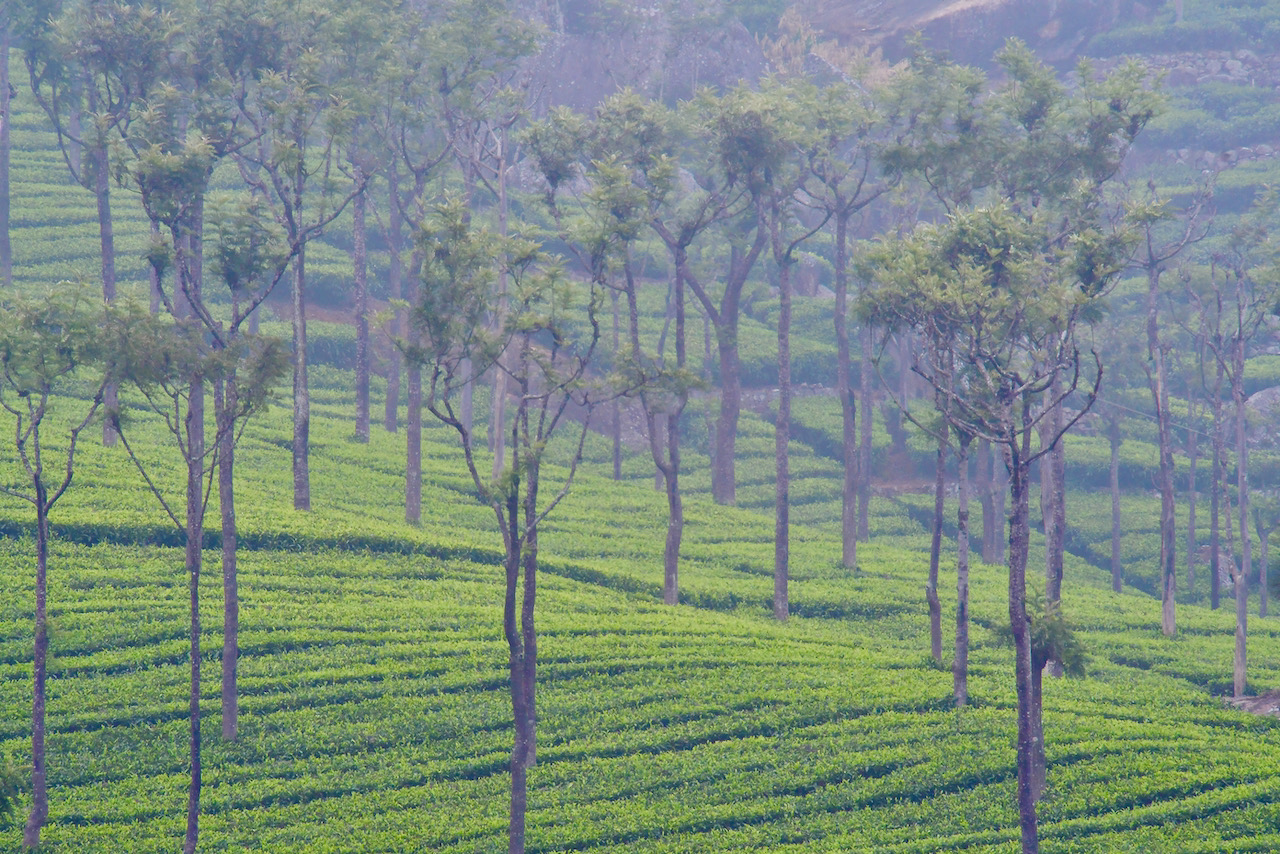

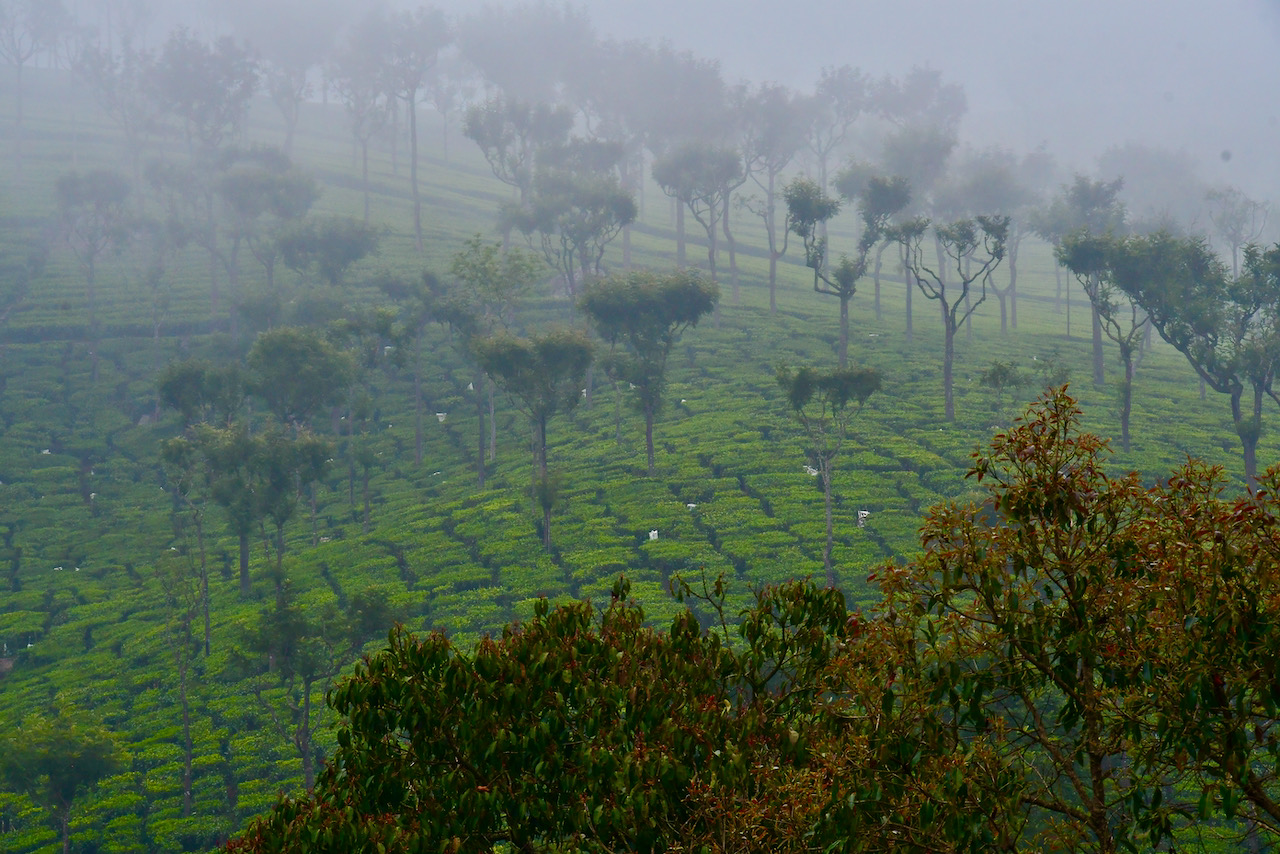



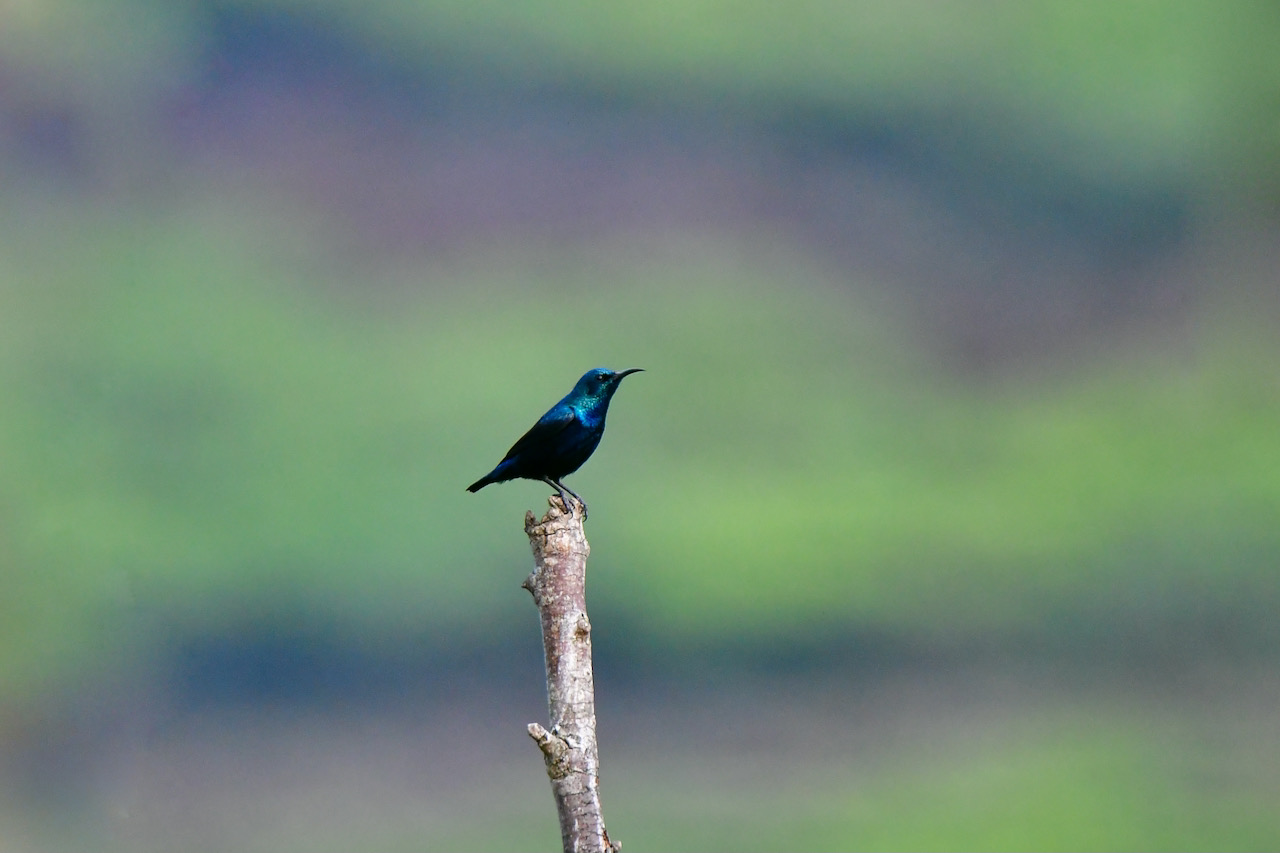
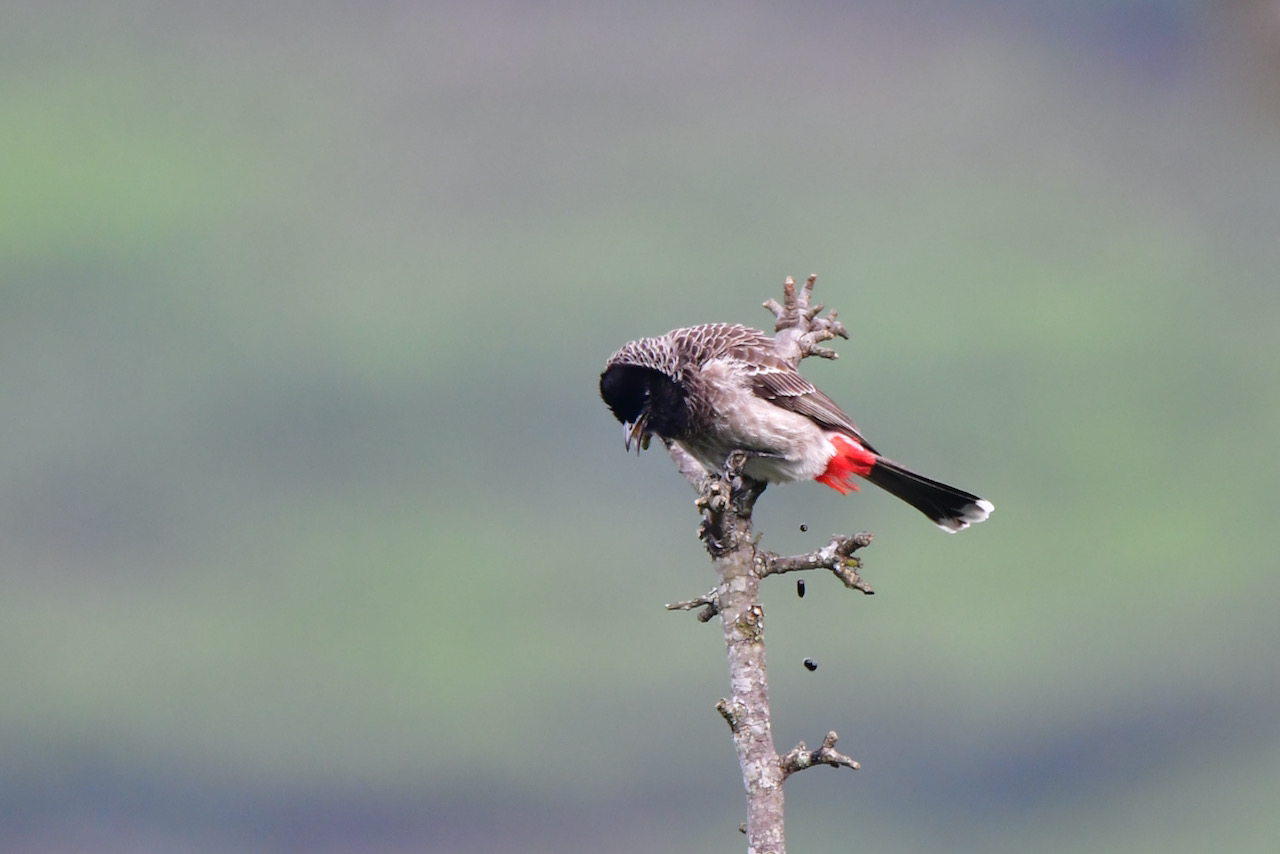
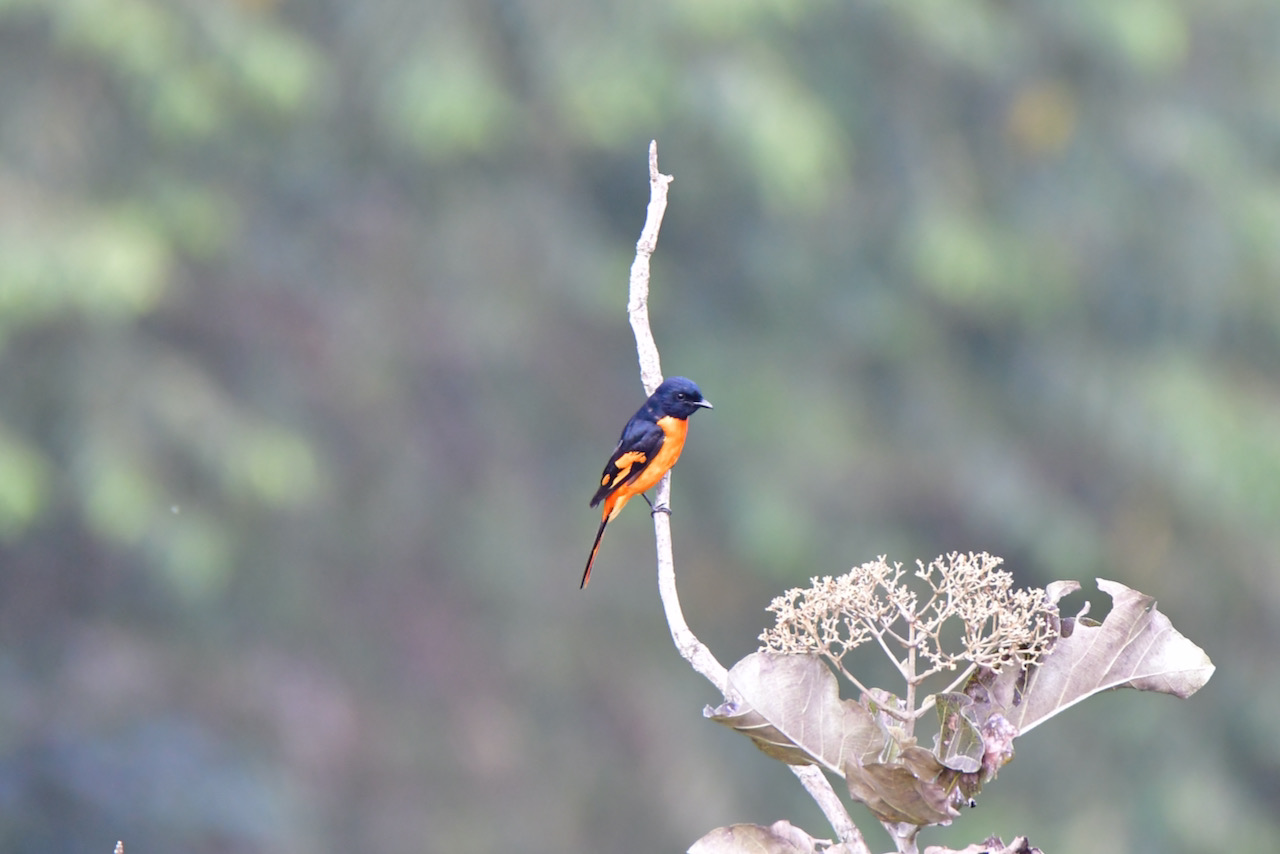
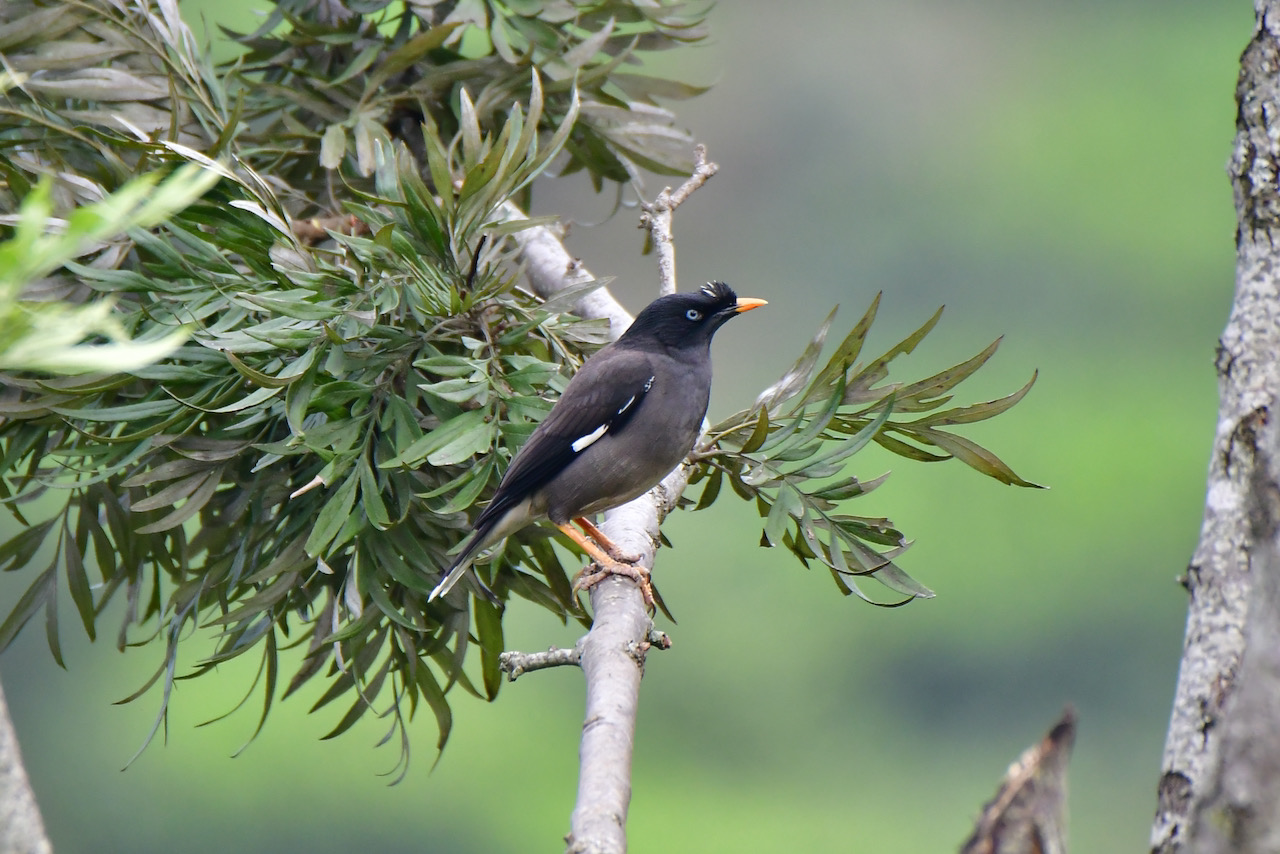
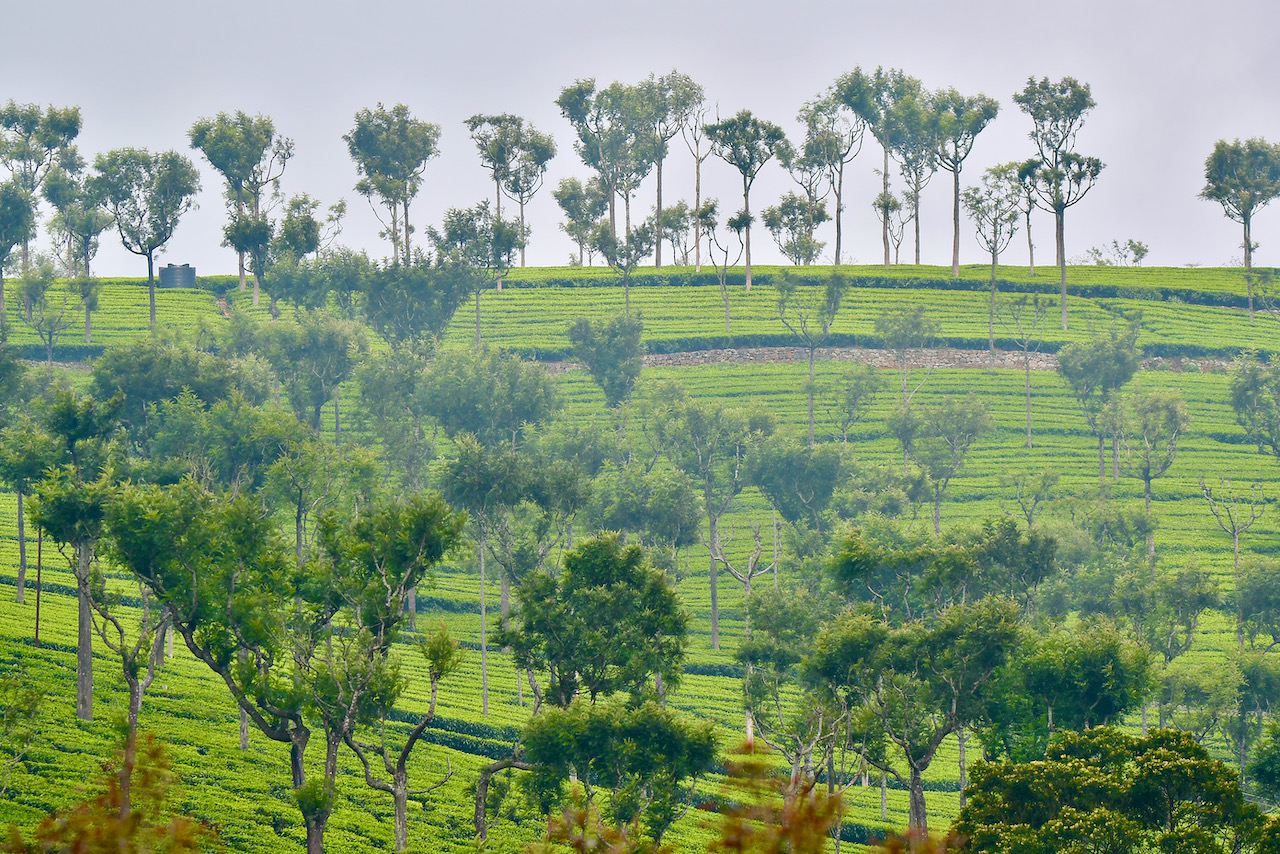
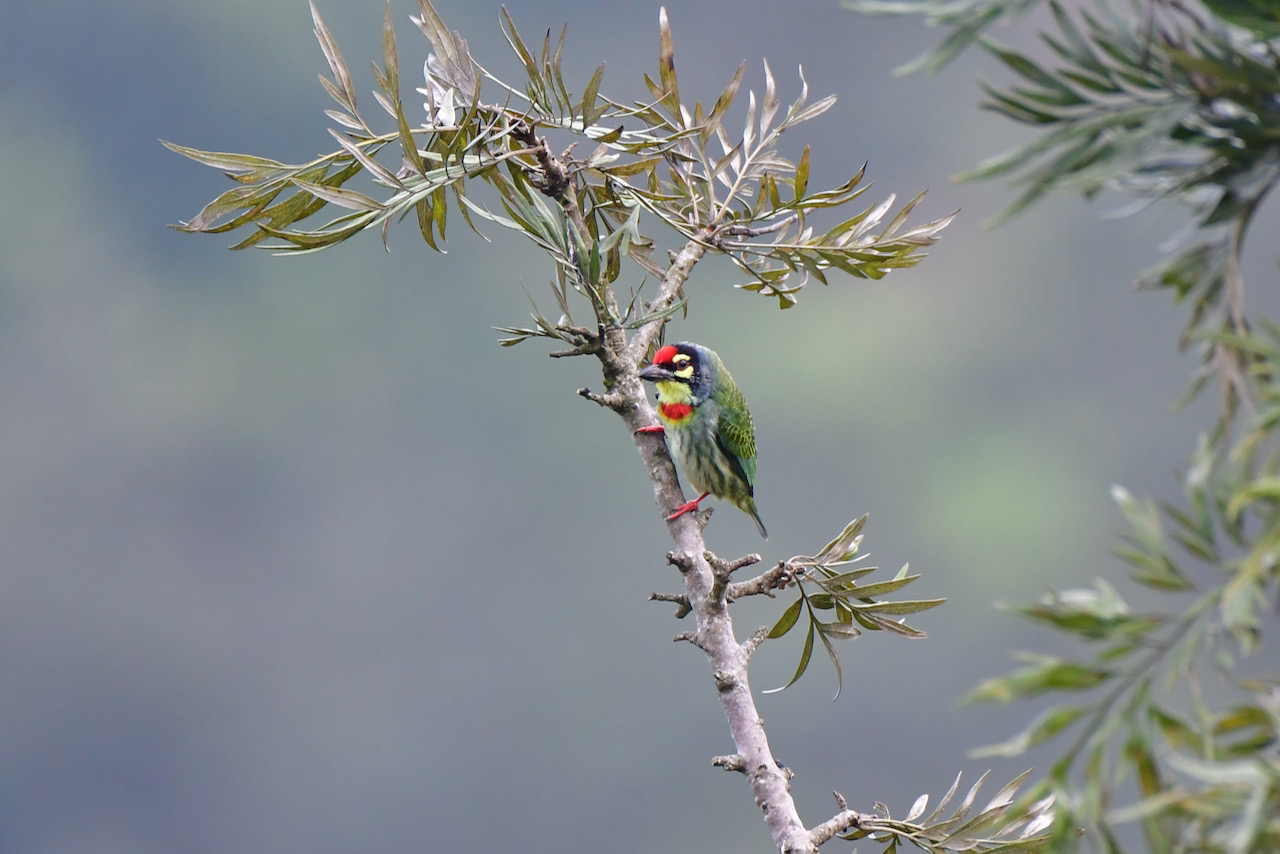
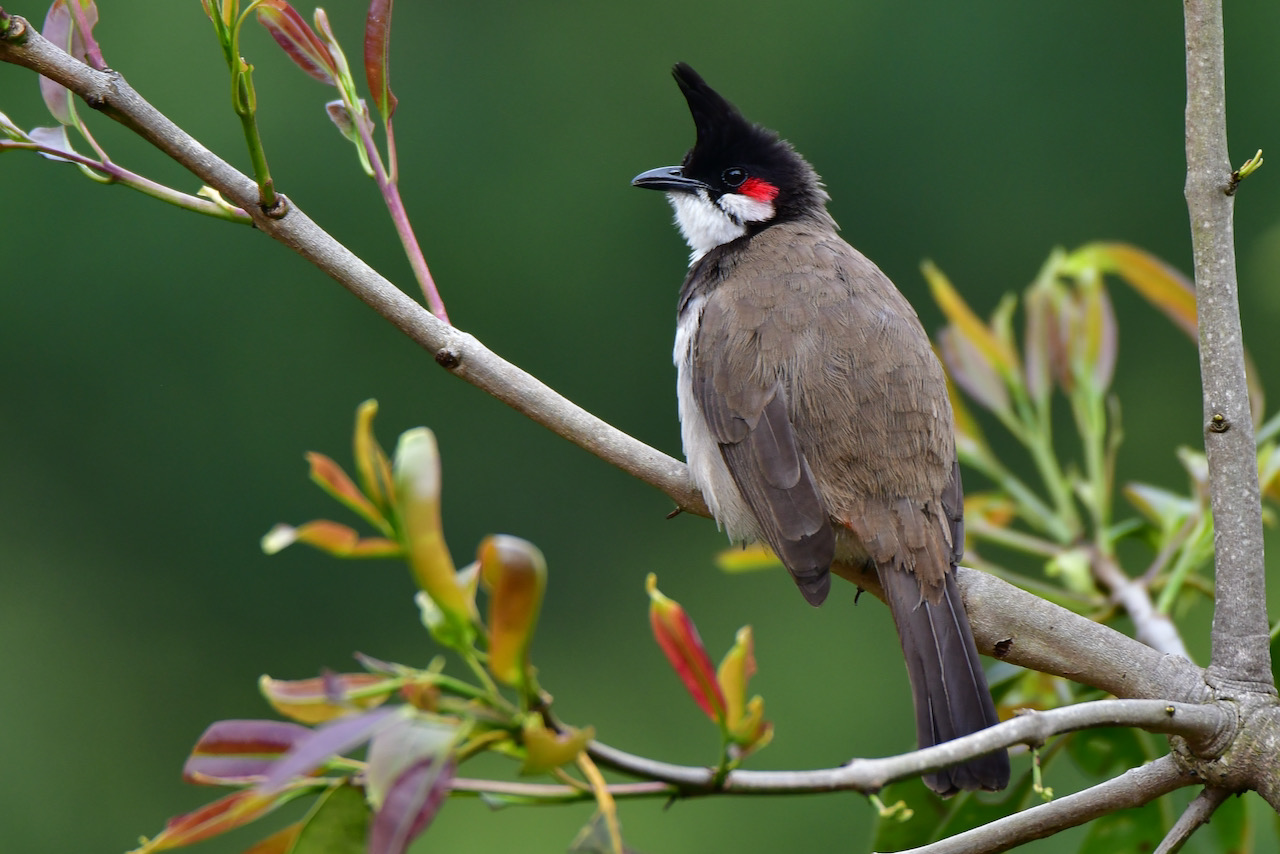



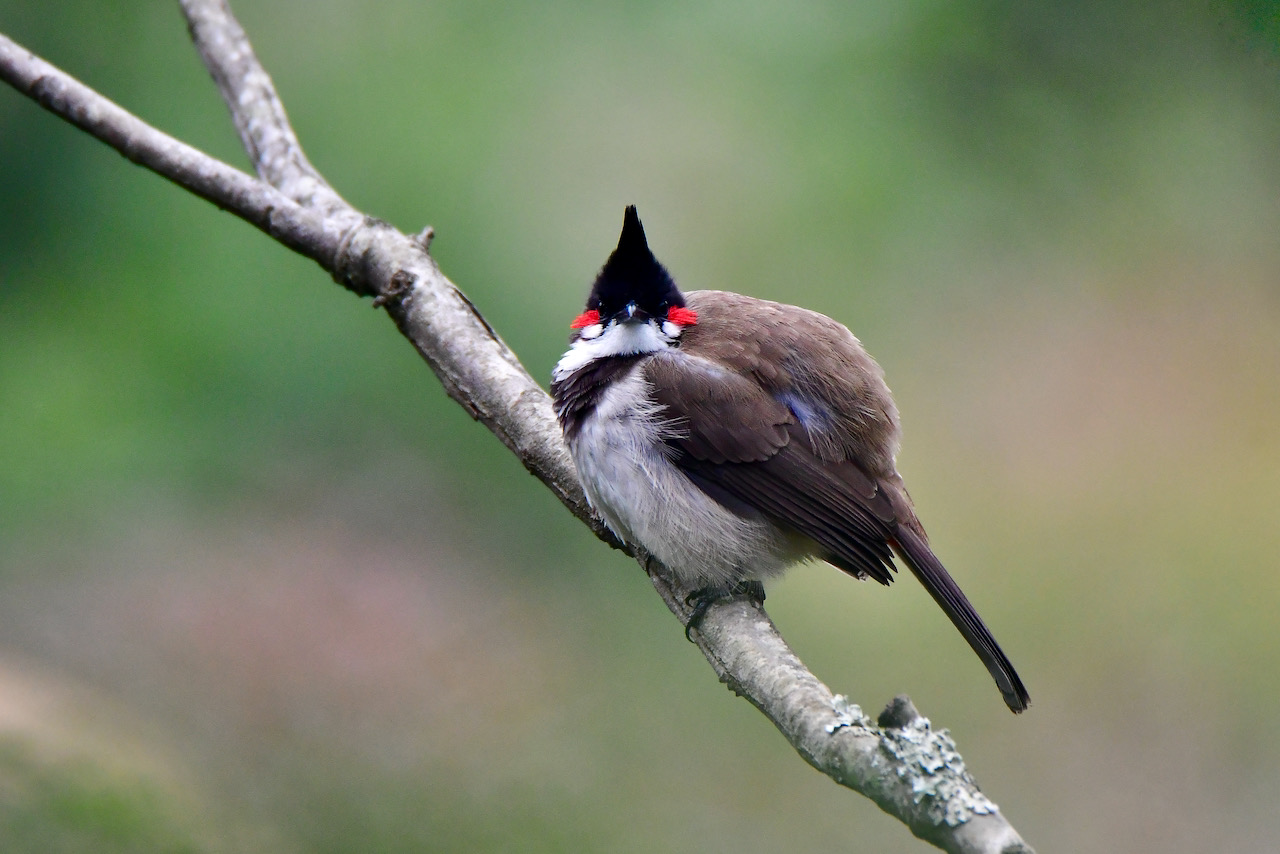

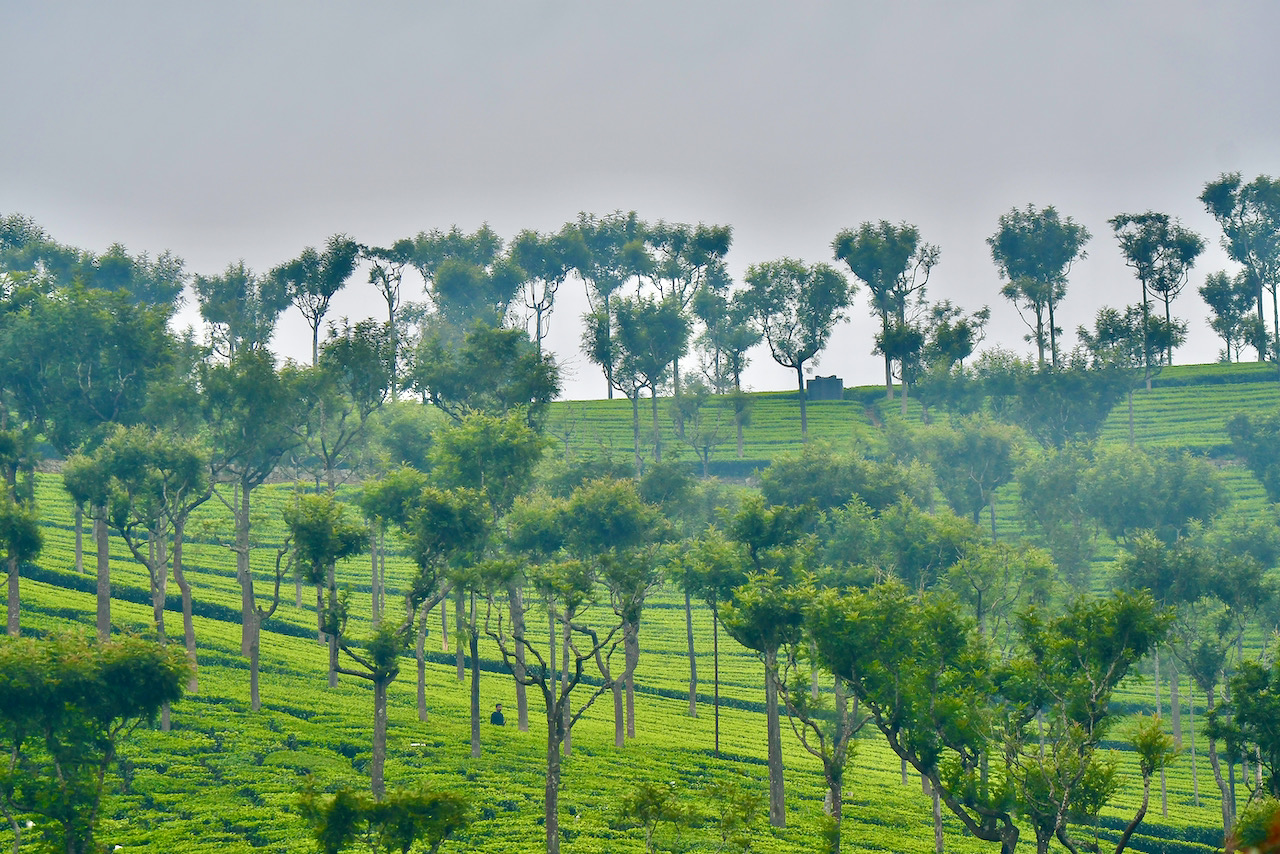

Hello Anup ji… beautiful collection from Kotagiri… also.. thanks for the narrative
Thanks Suryaji for the comments.
Wow, what a click ? and rare species collection?
Hi Omkar, thanks for the comments.
Wow???
Great shots Anup. Nice narration too. Wish you many more journeys to come & let us see them through your eyes.